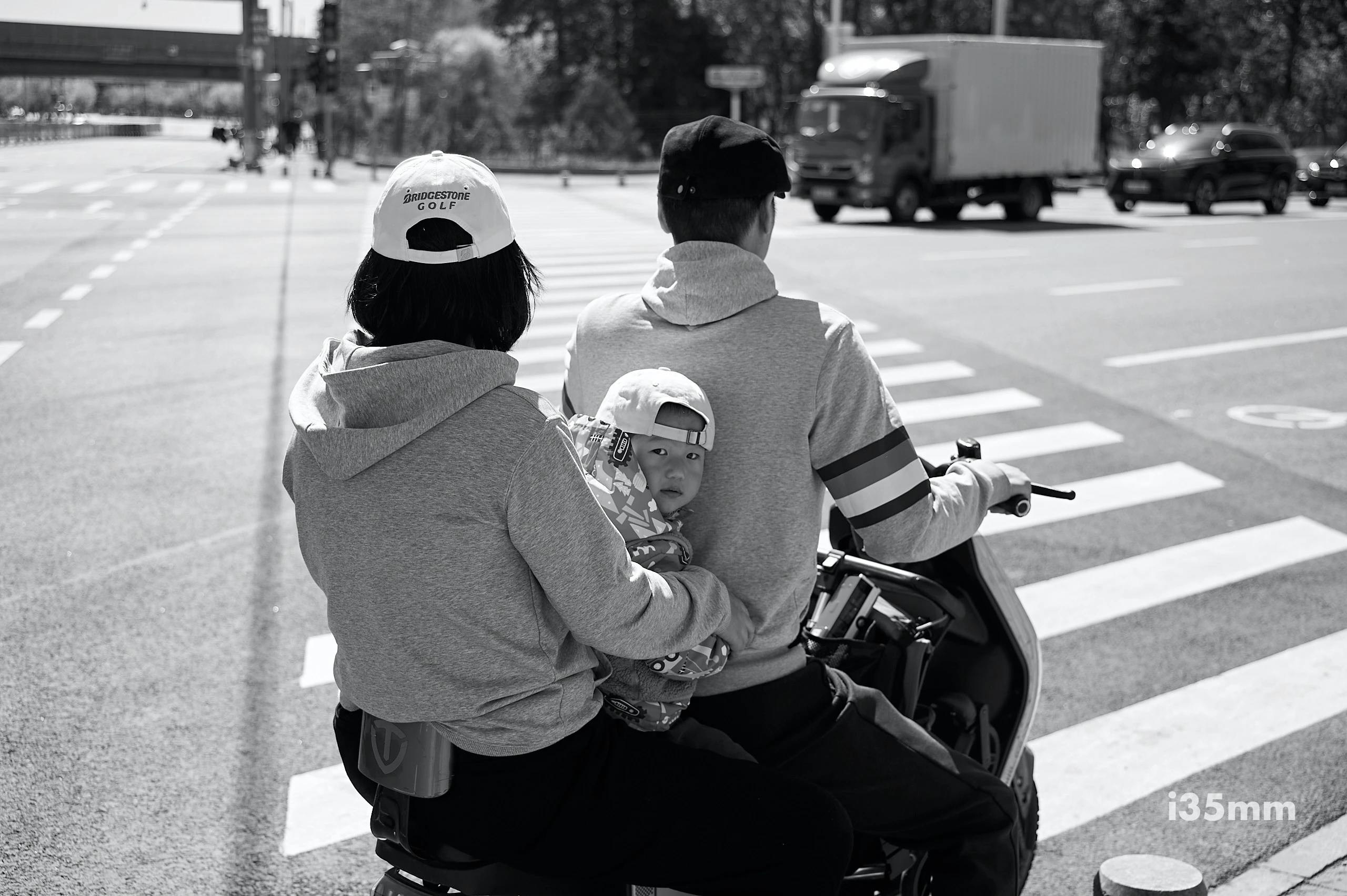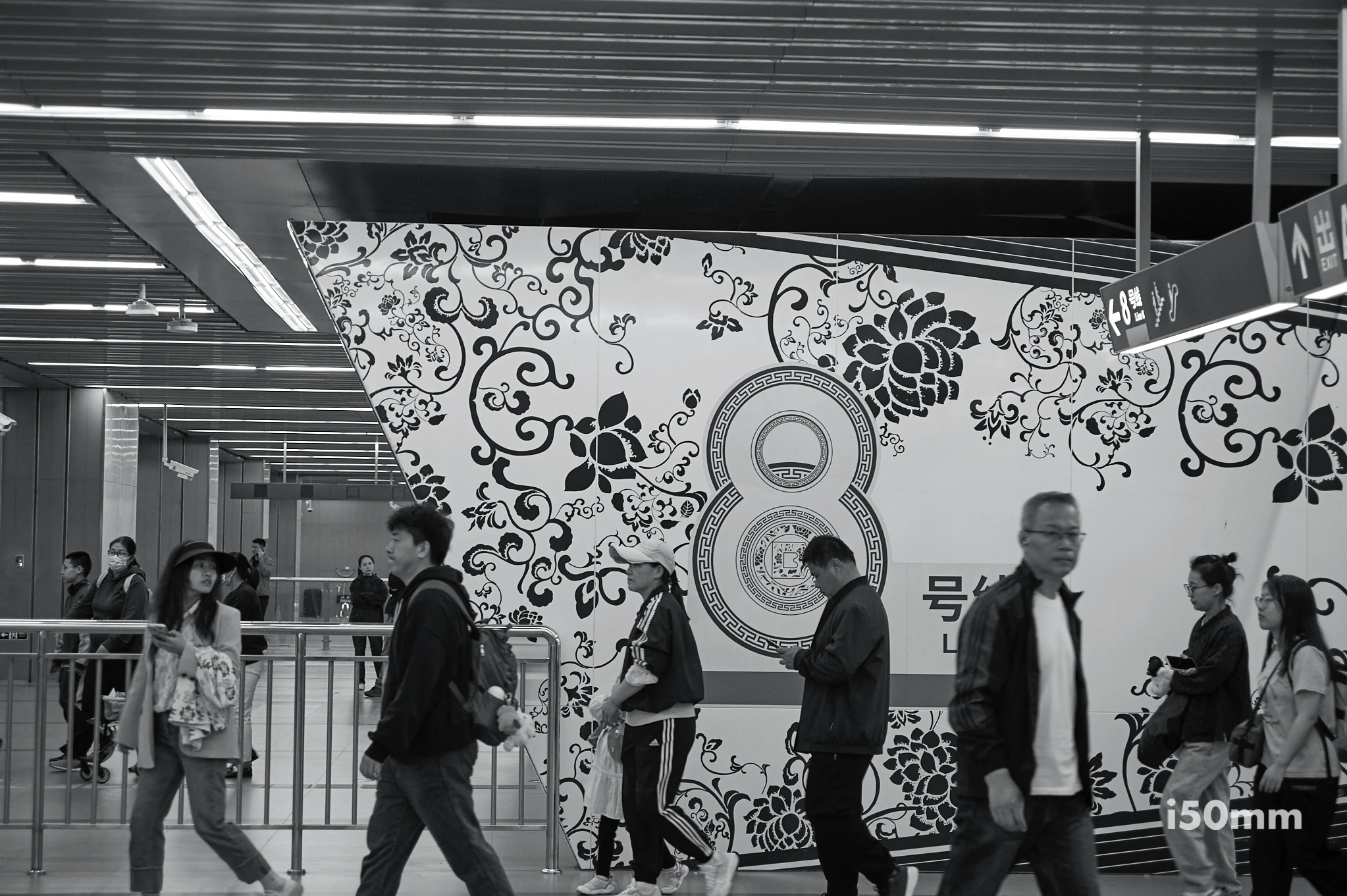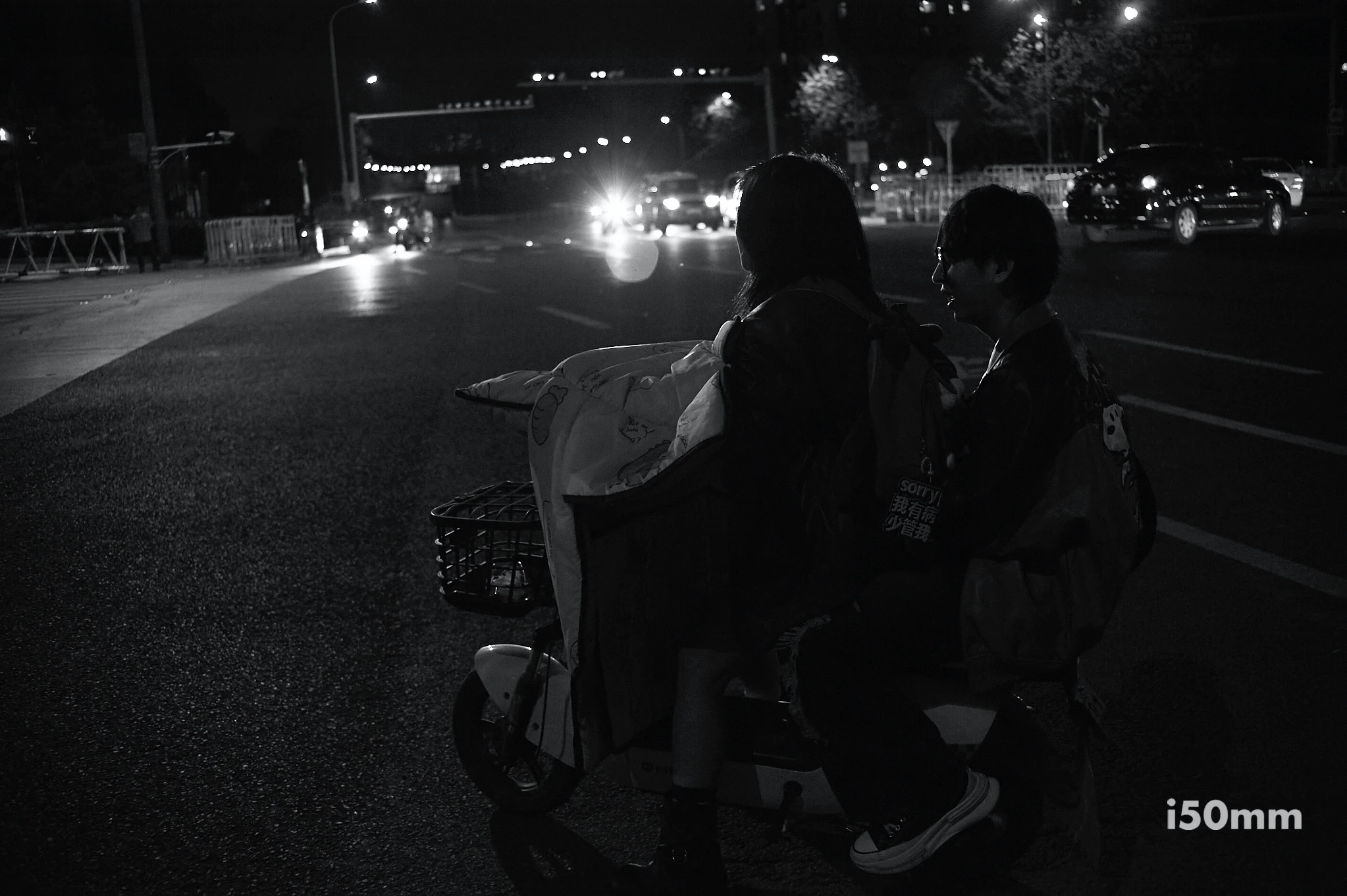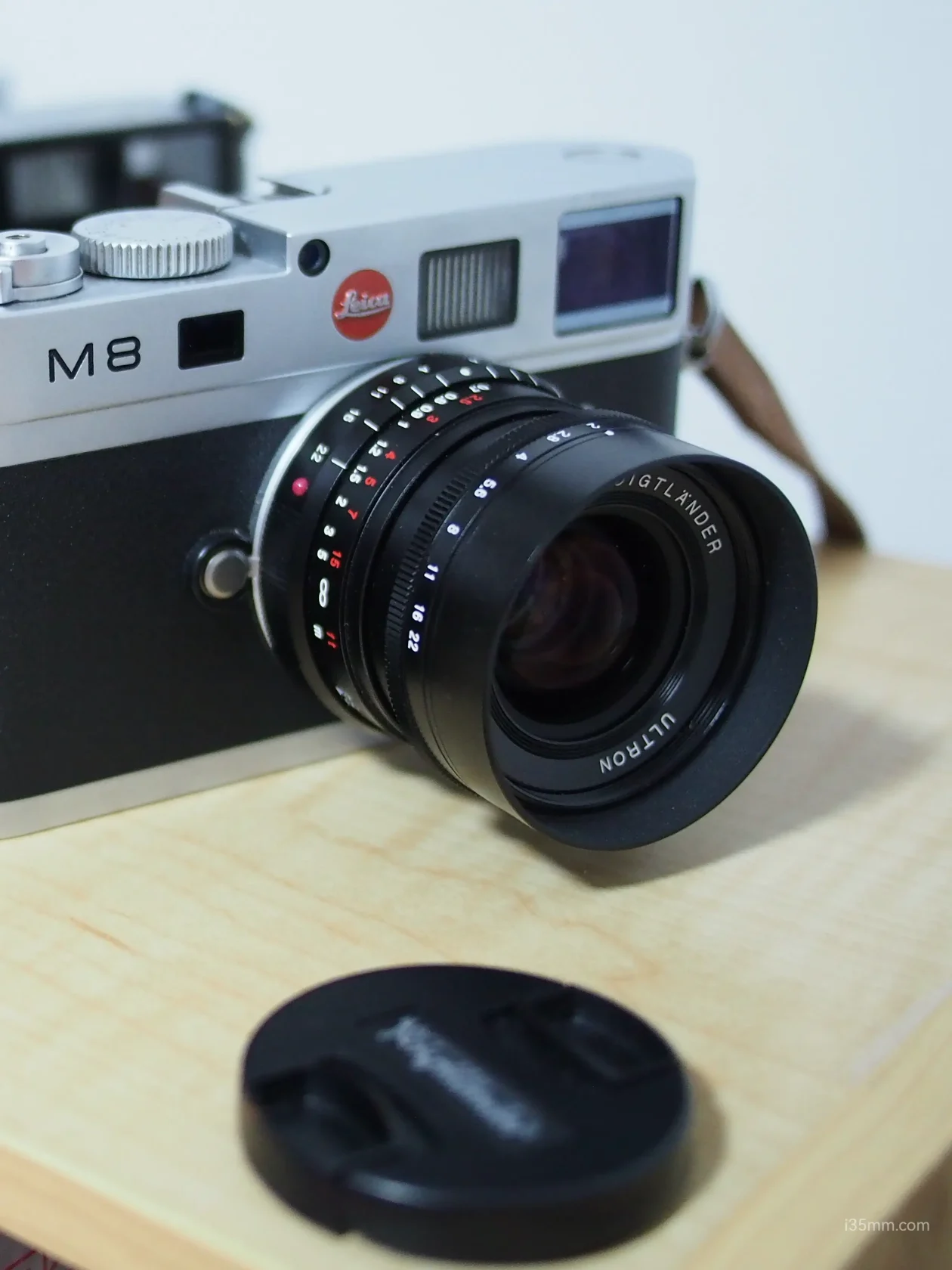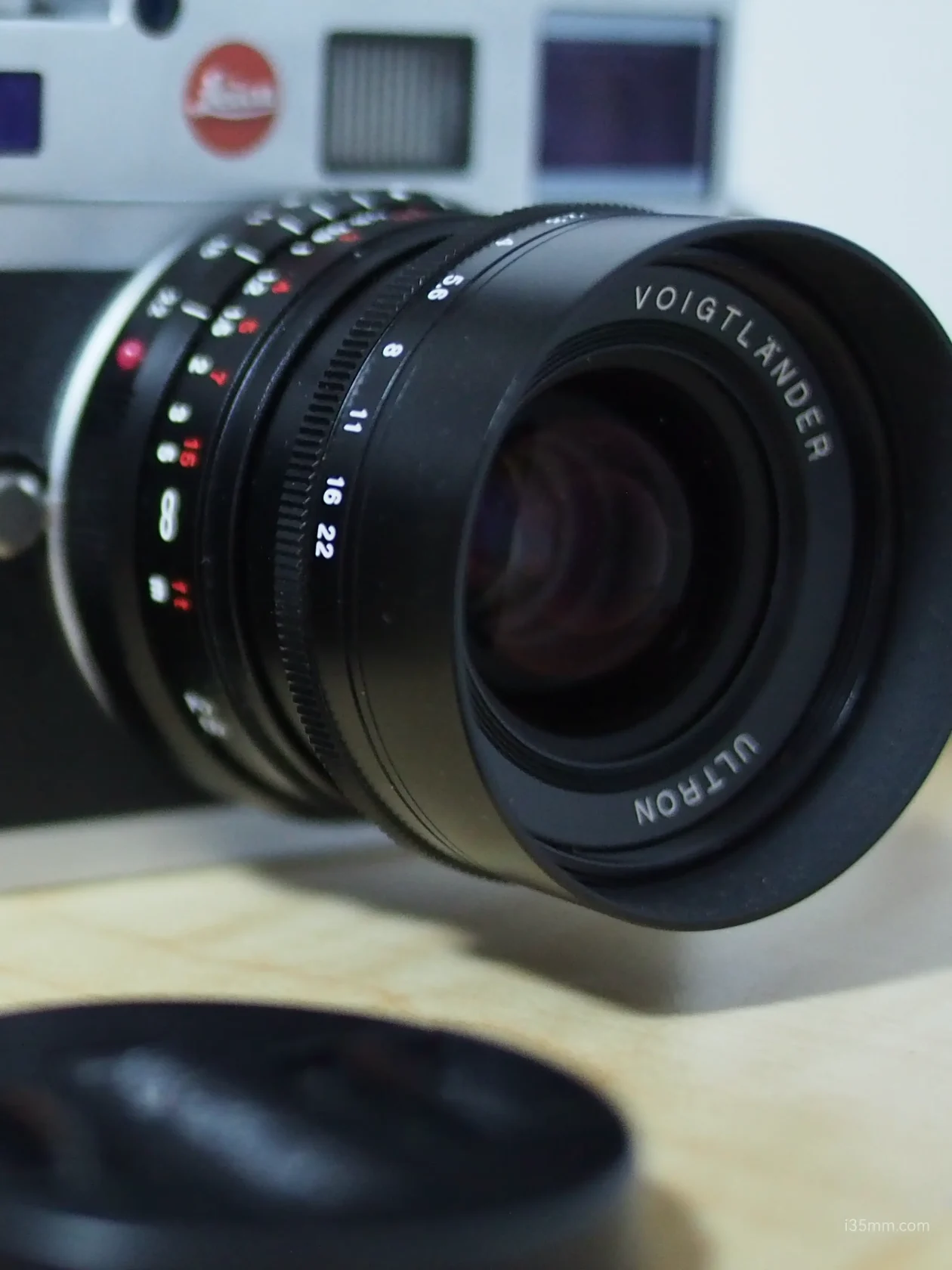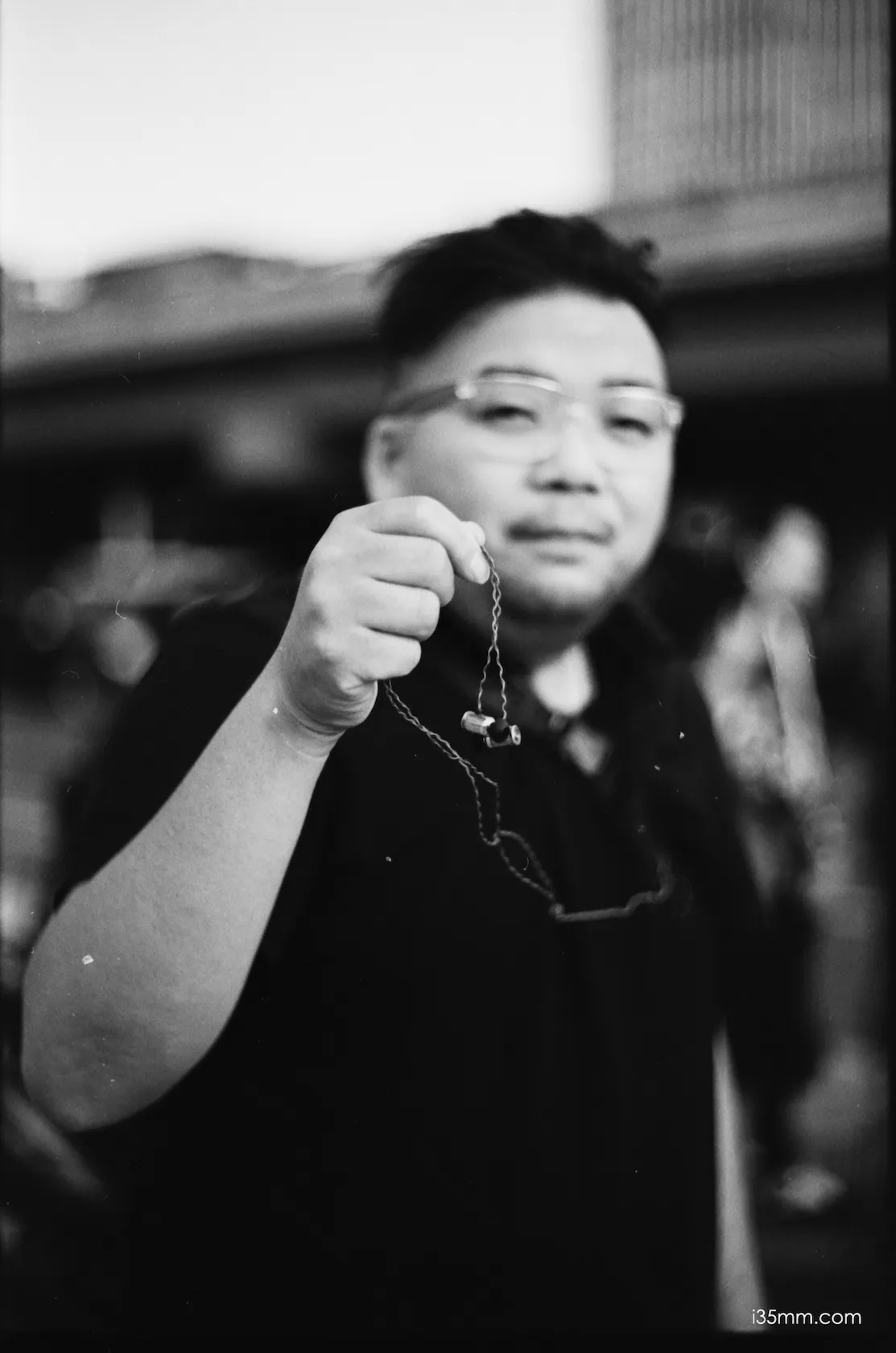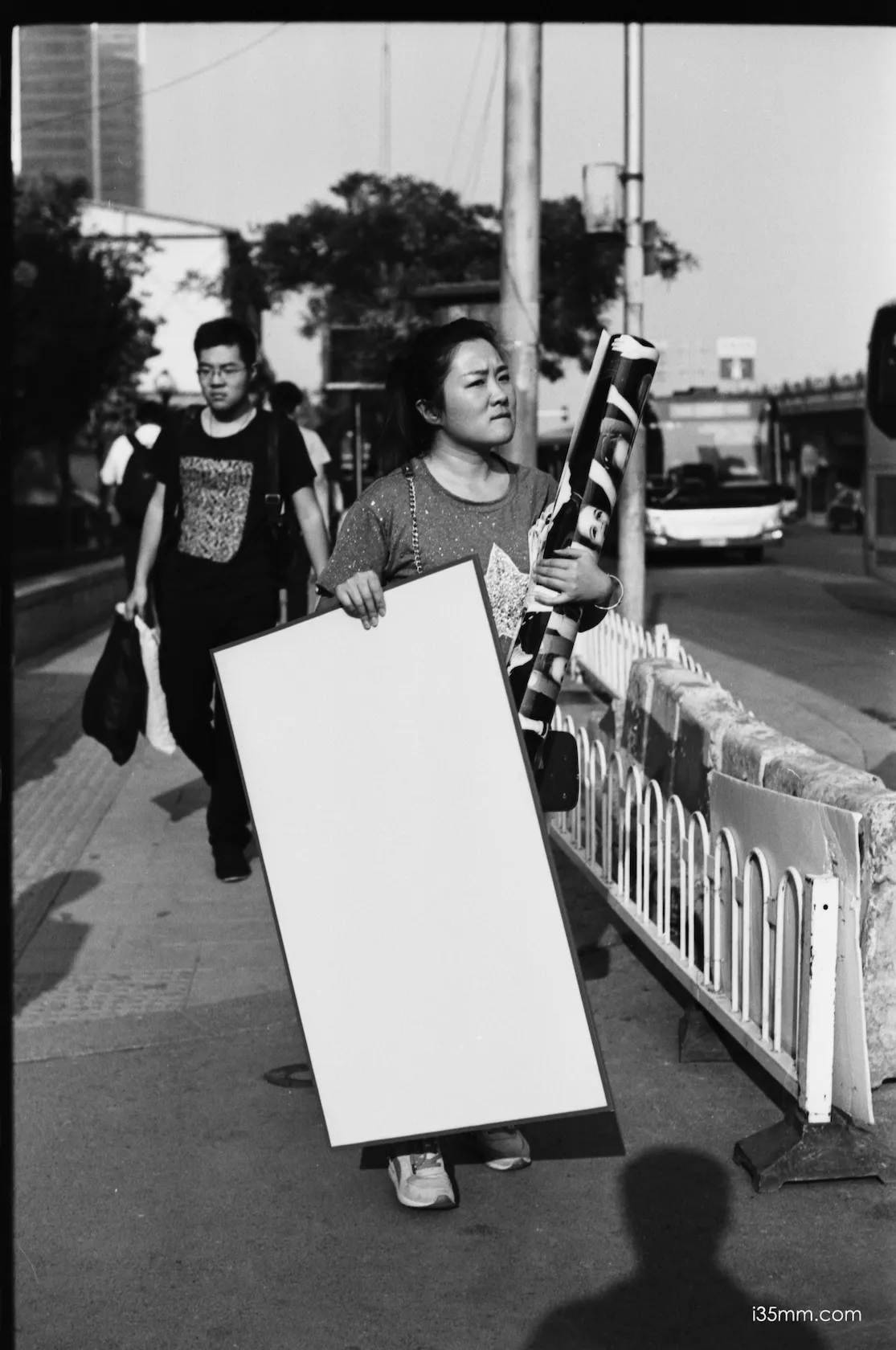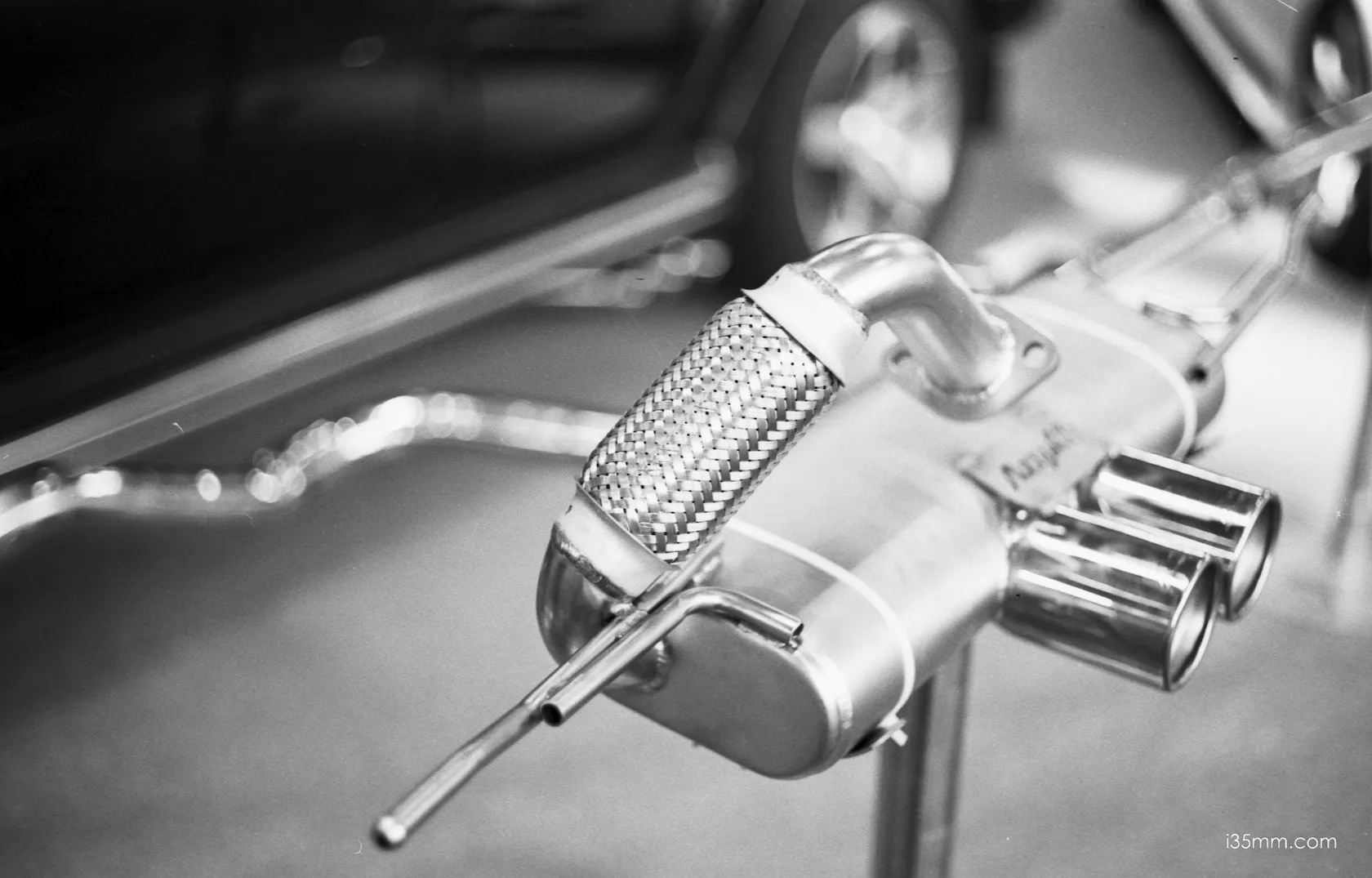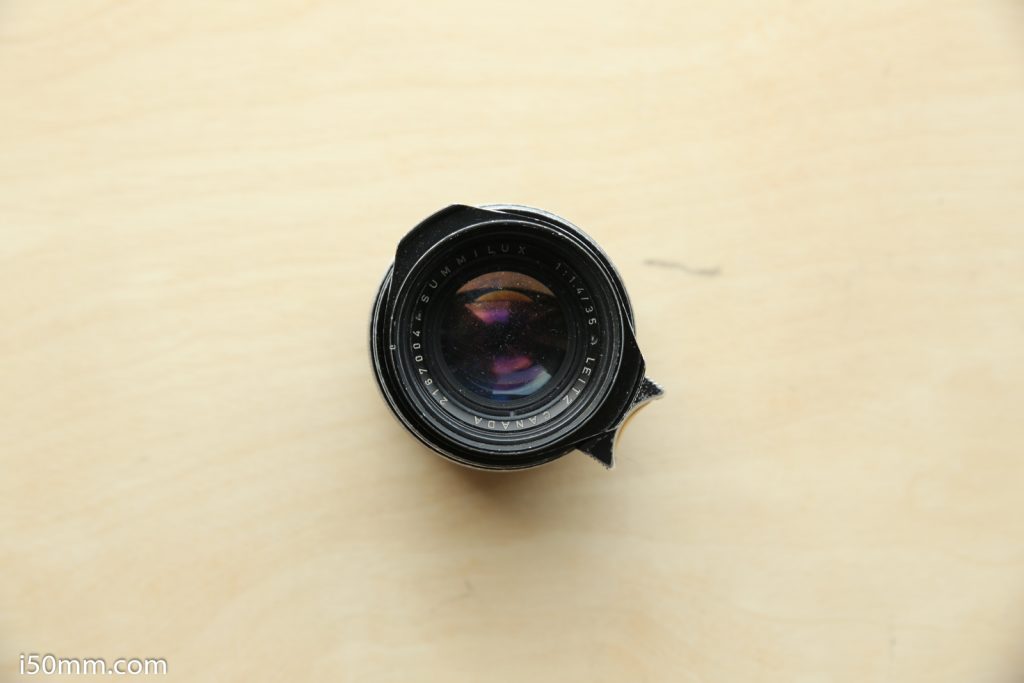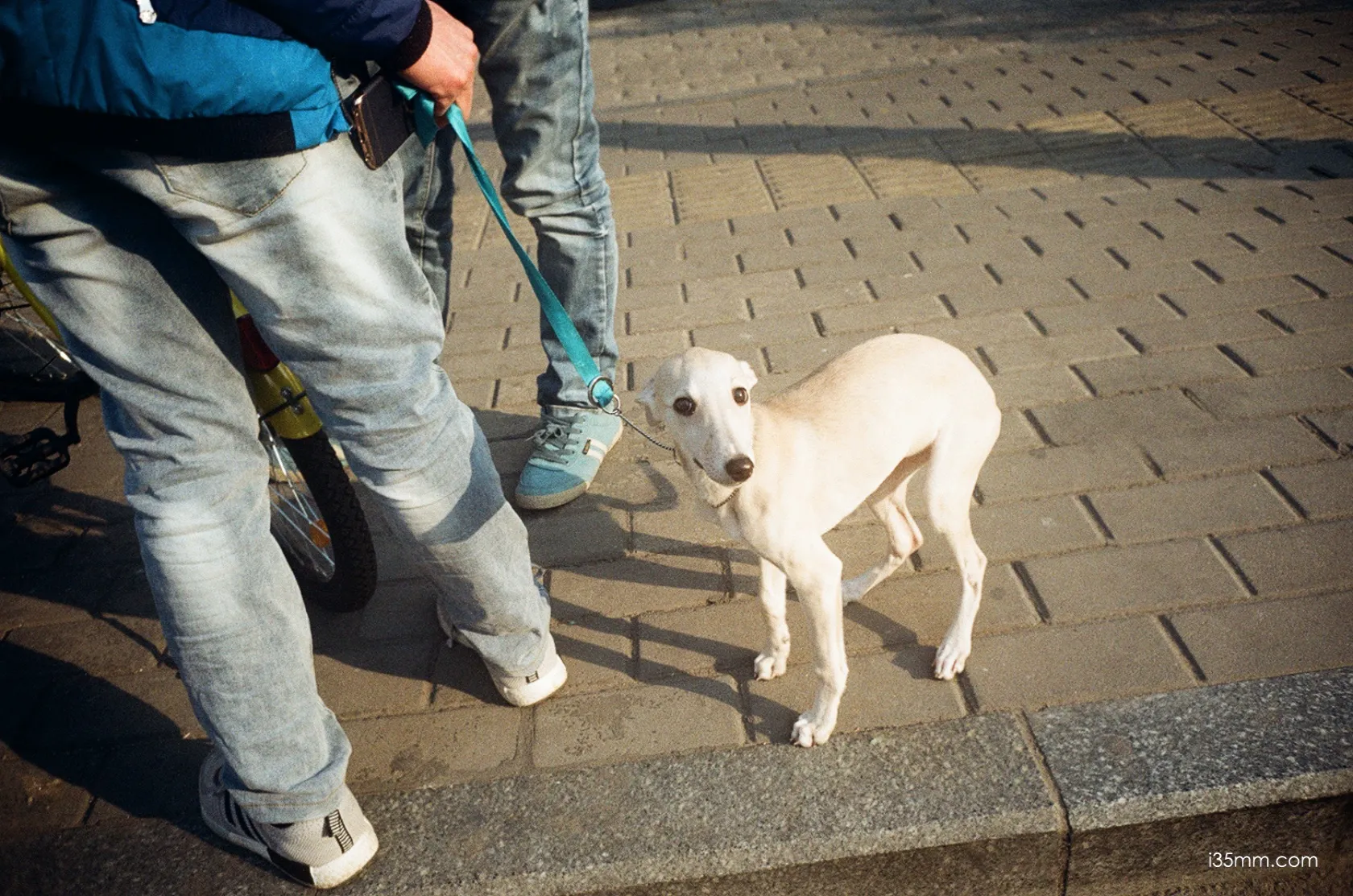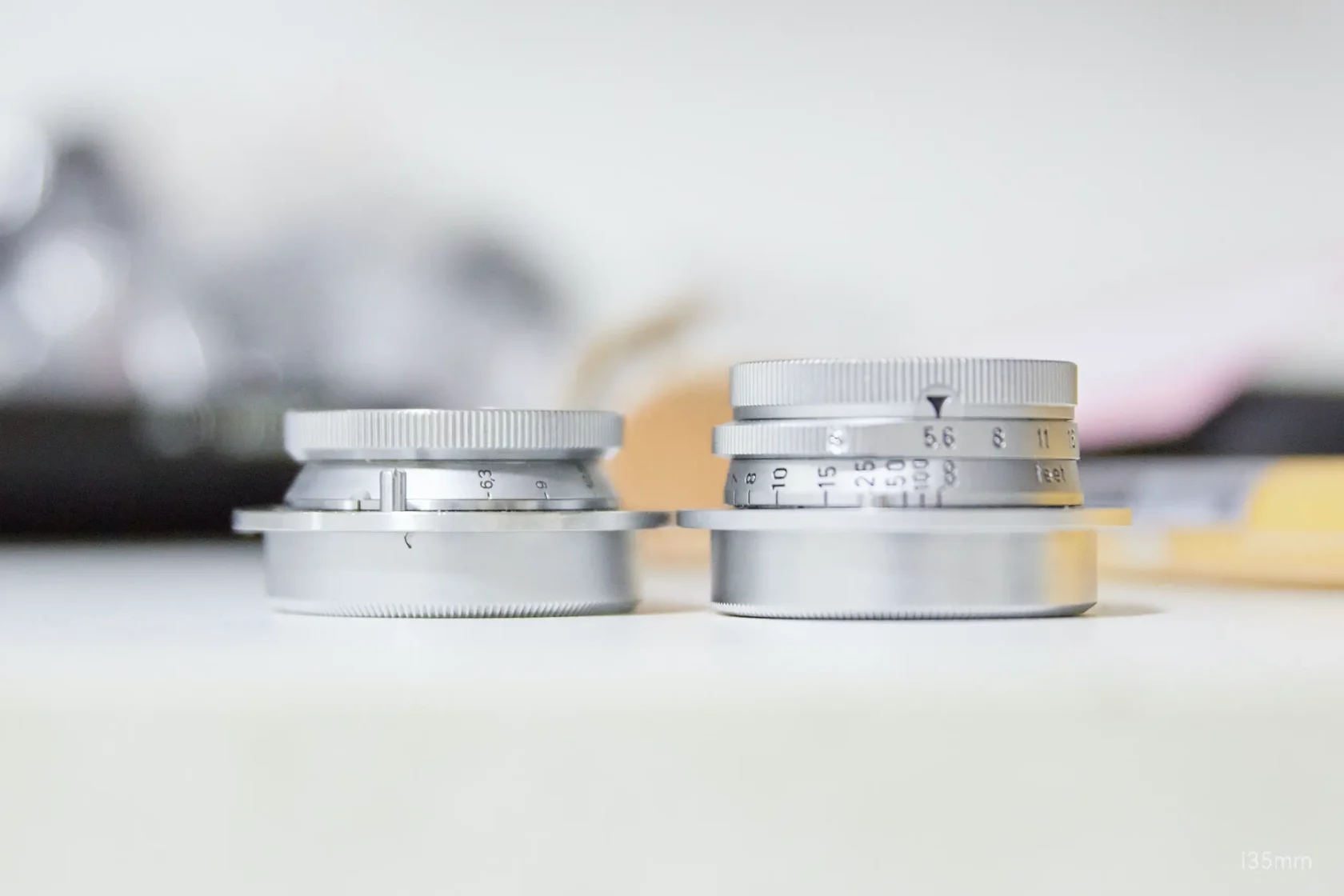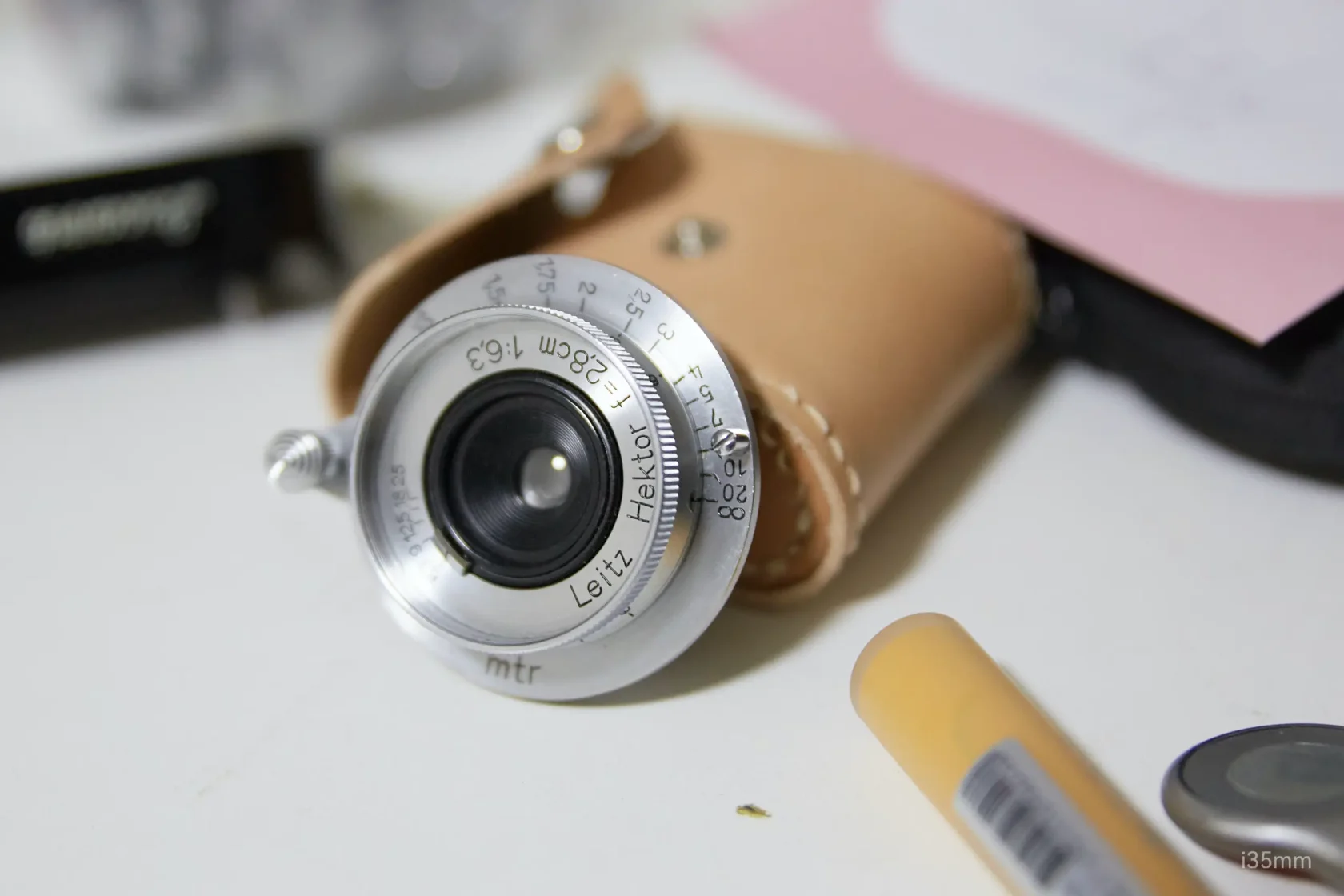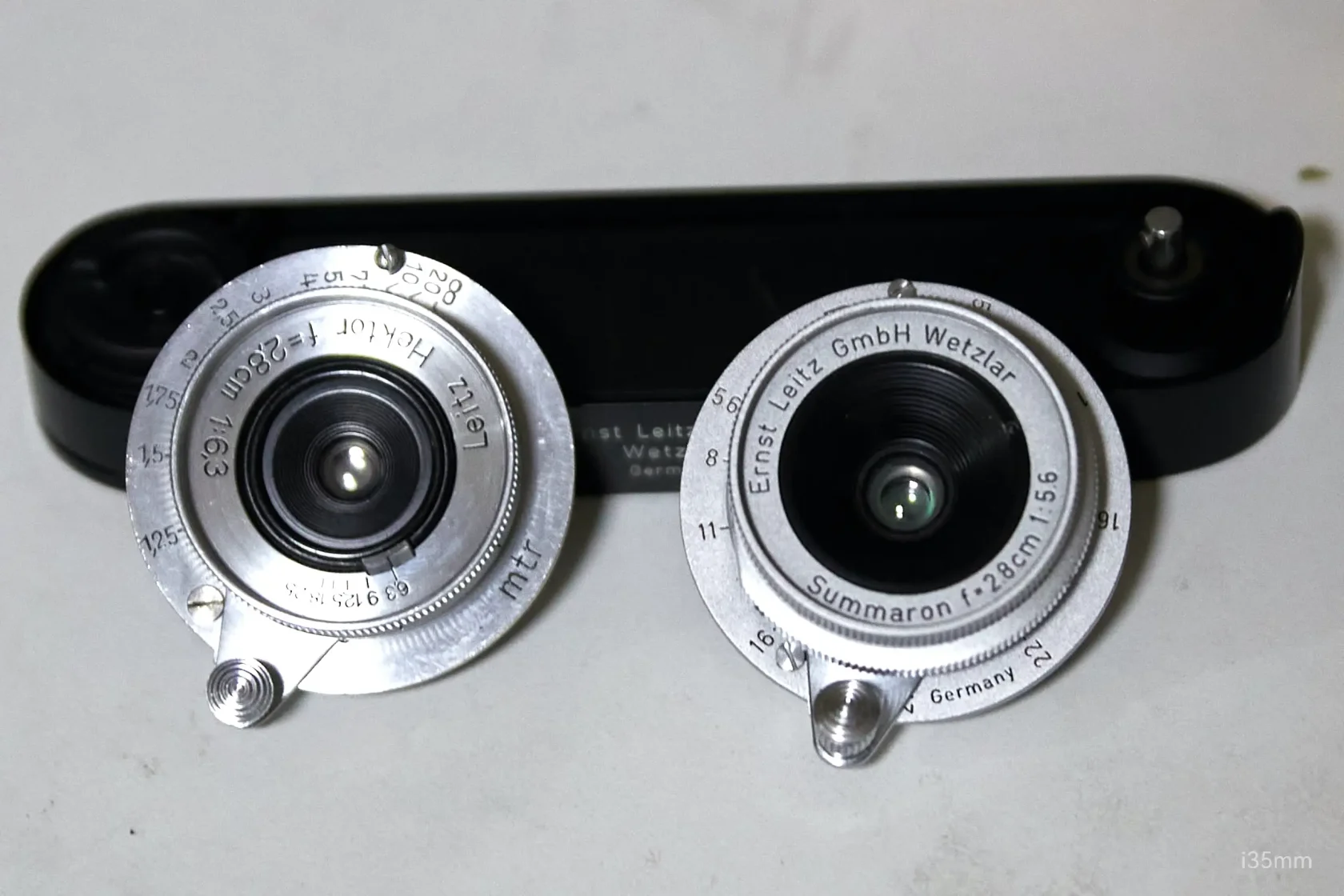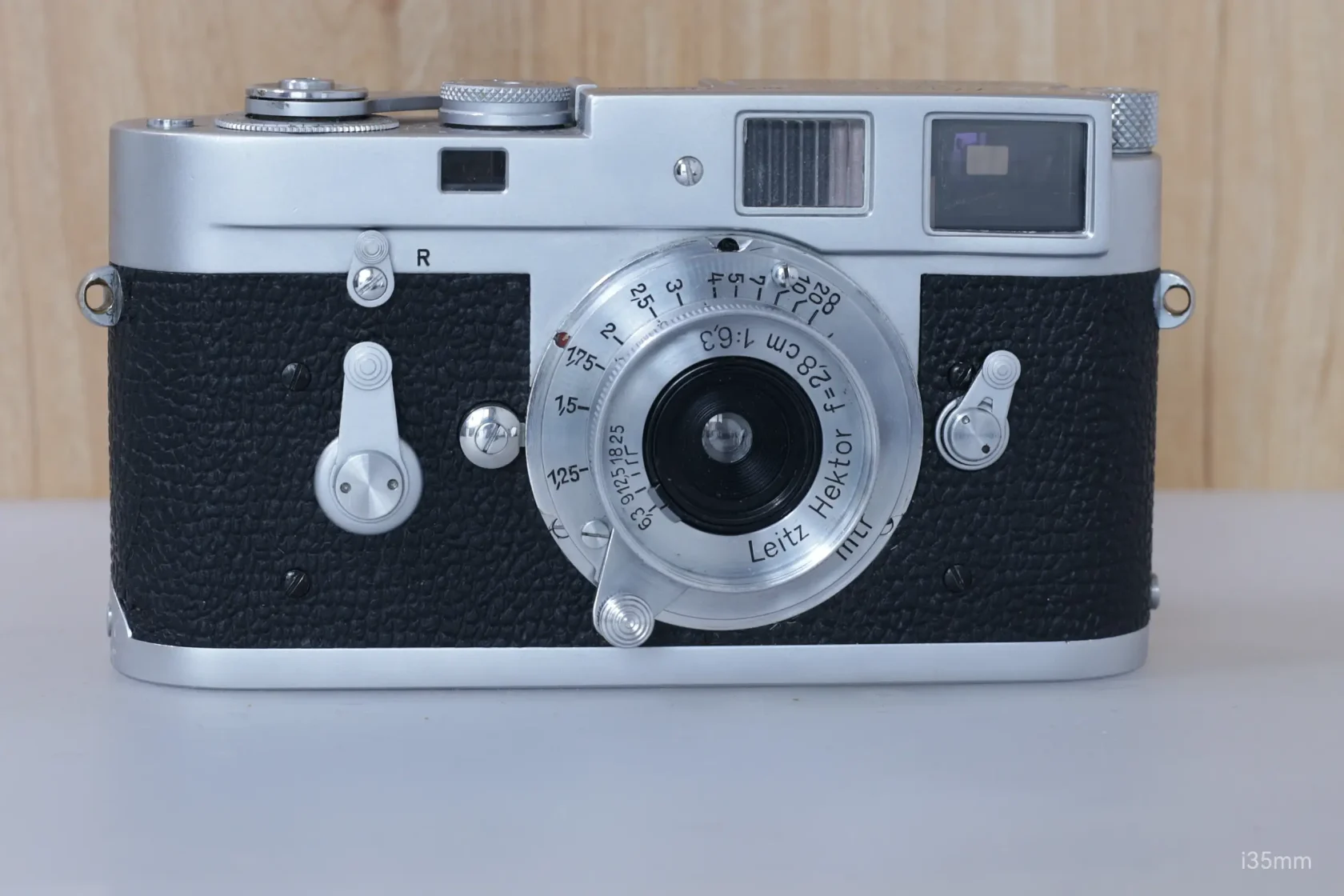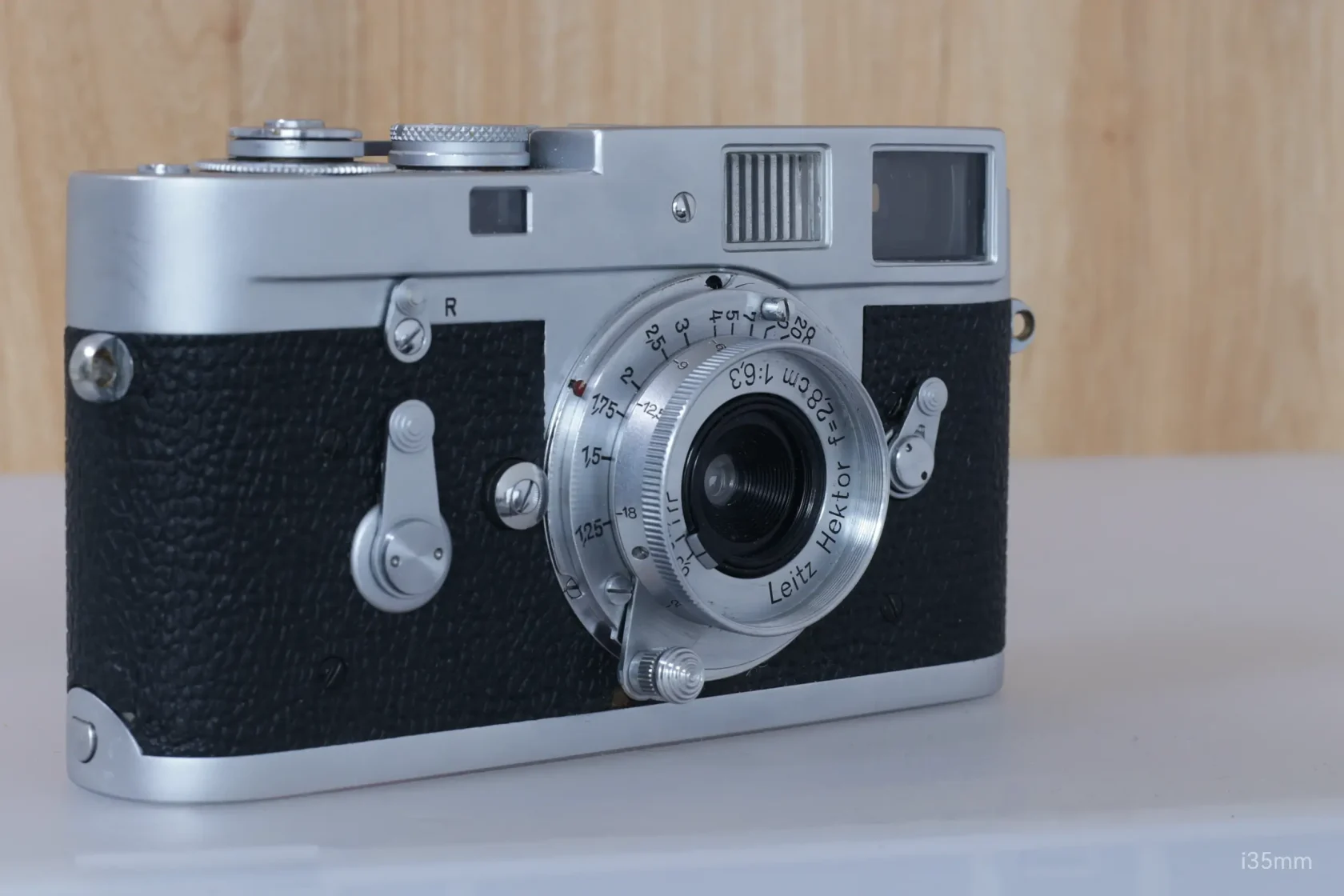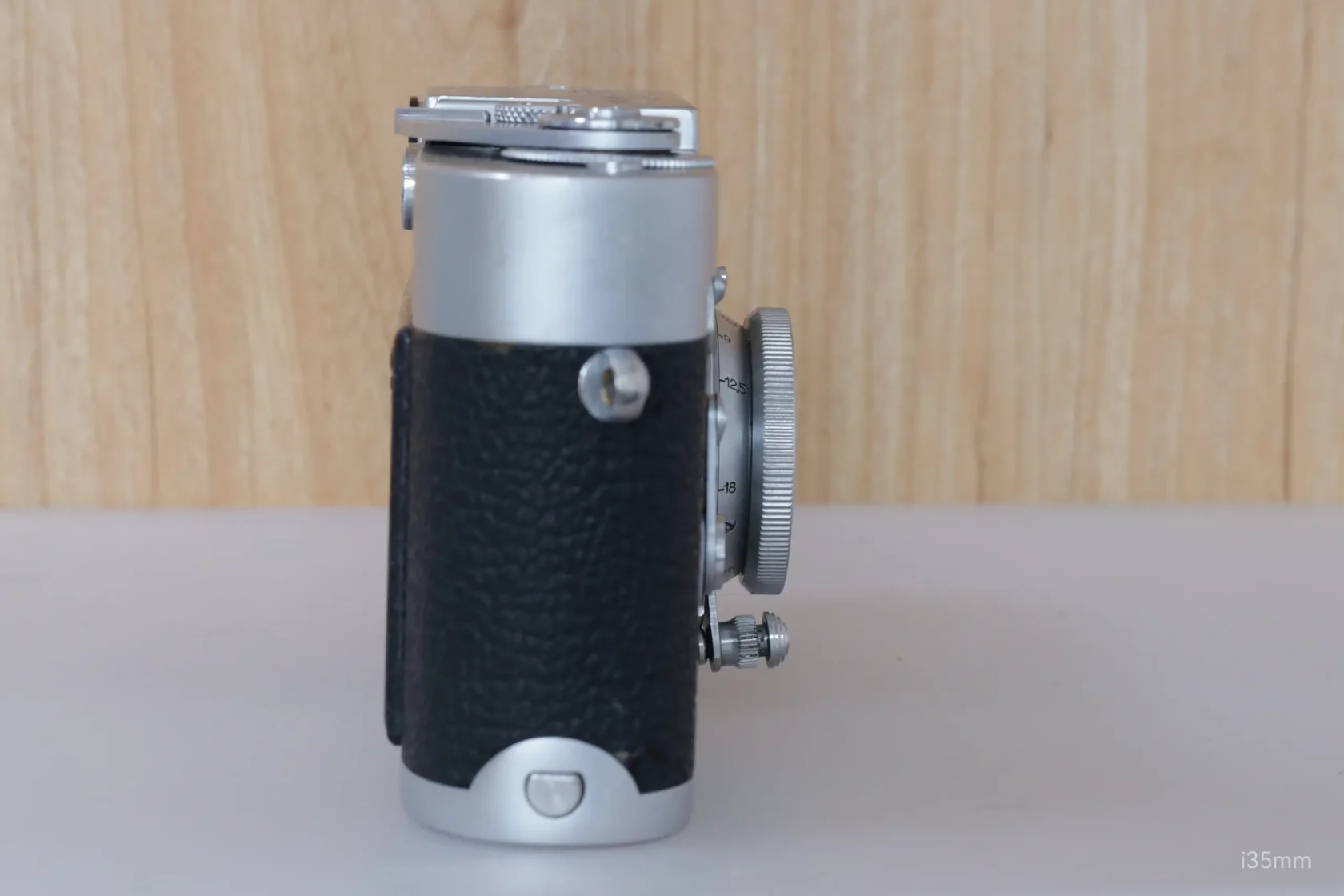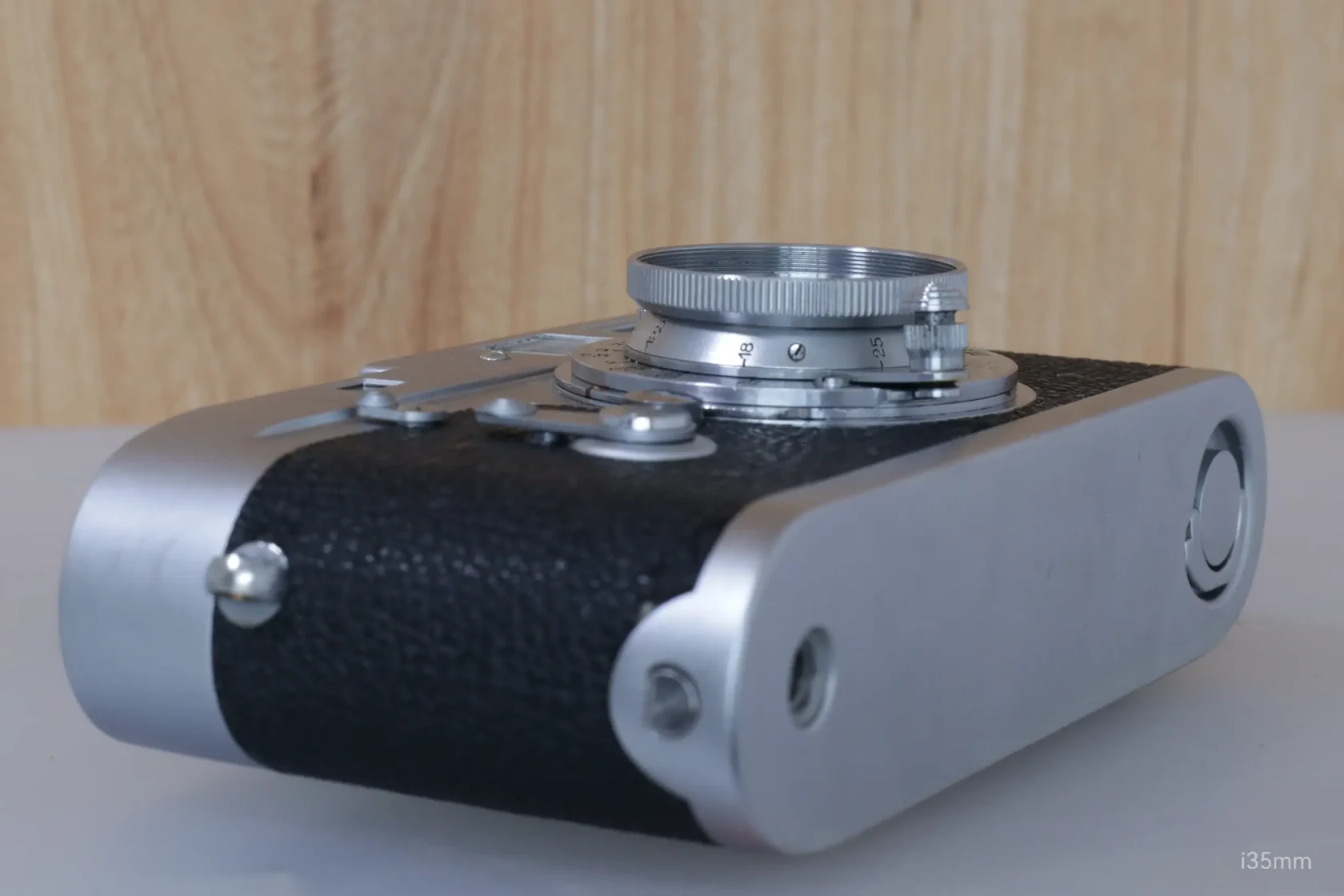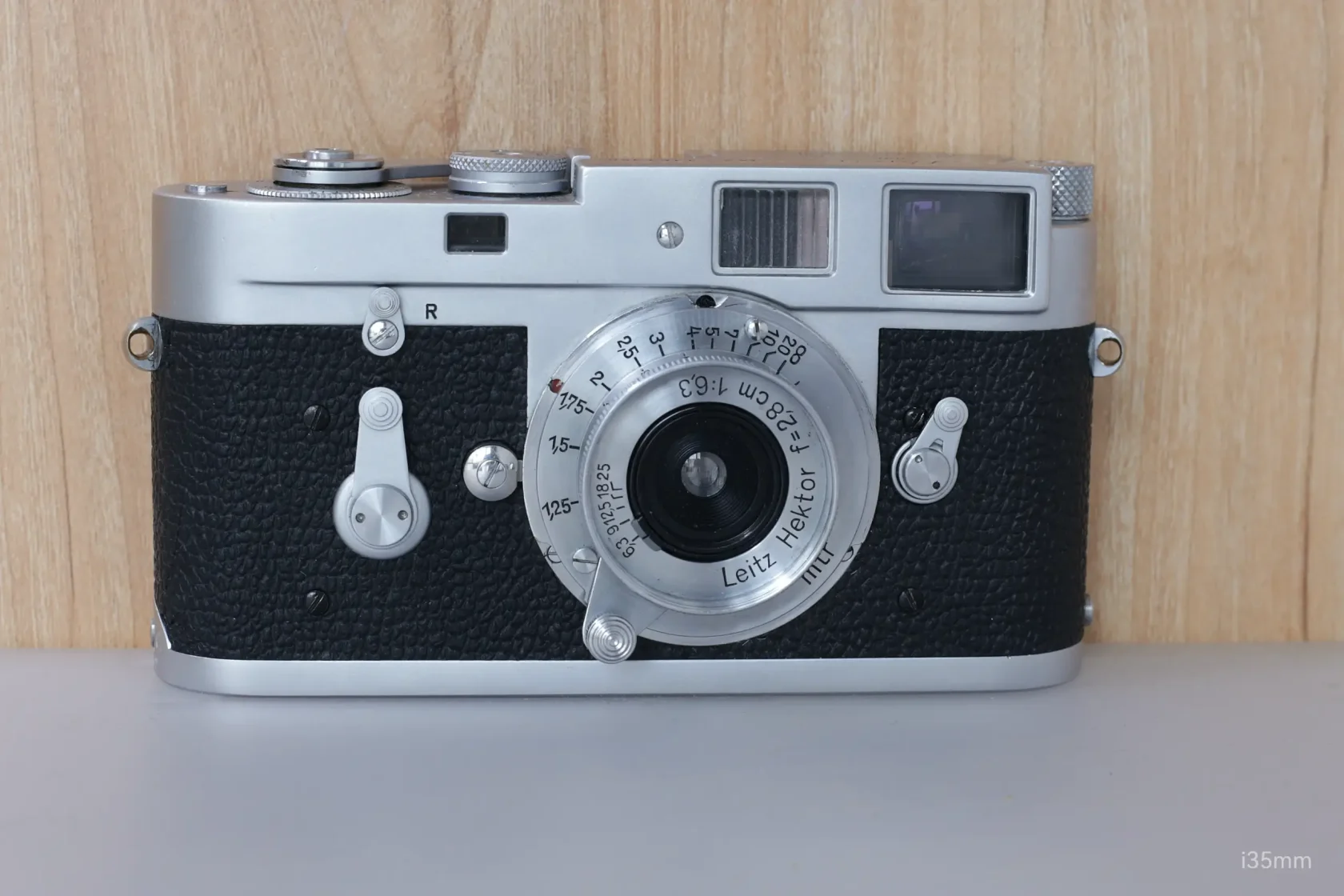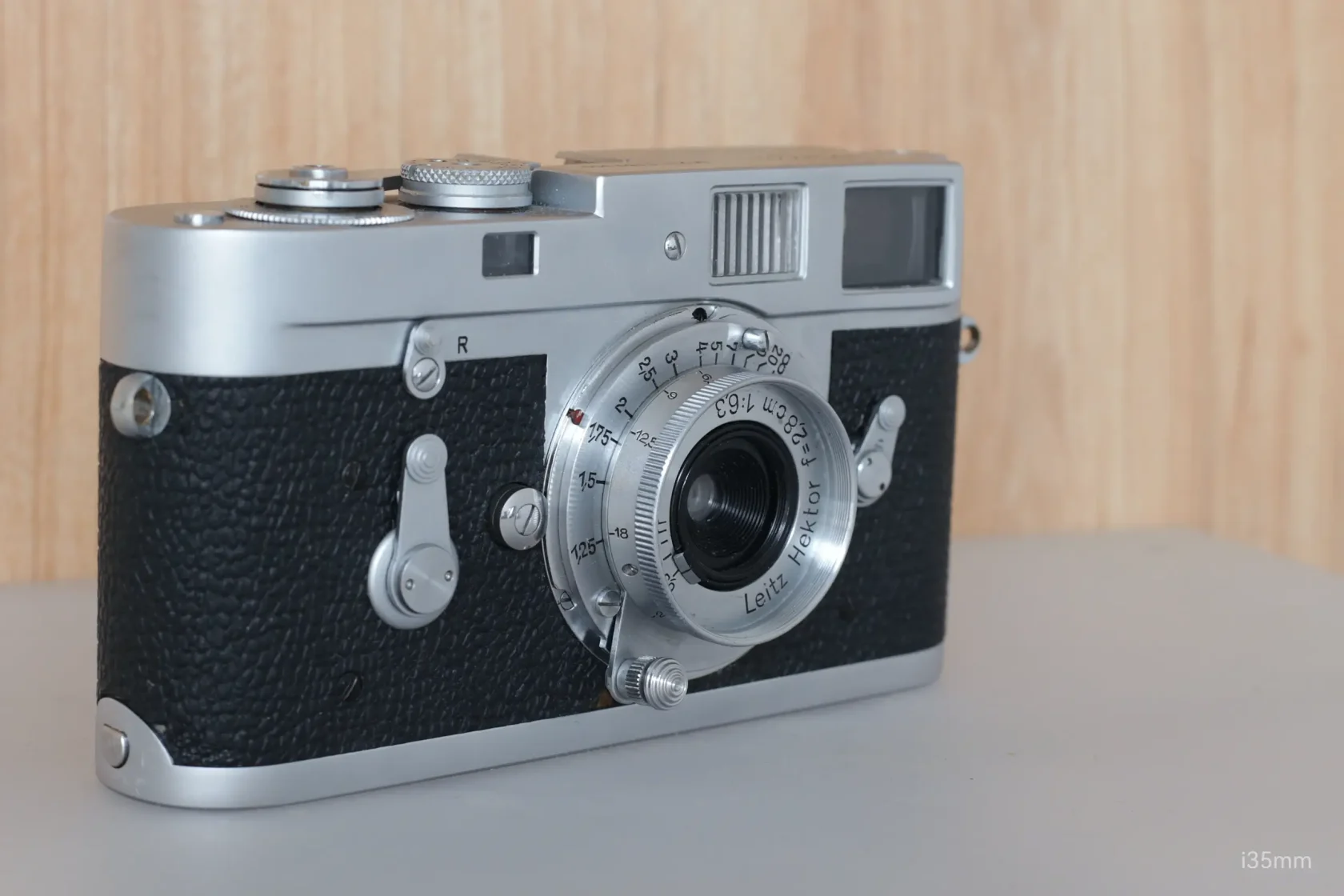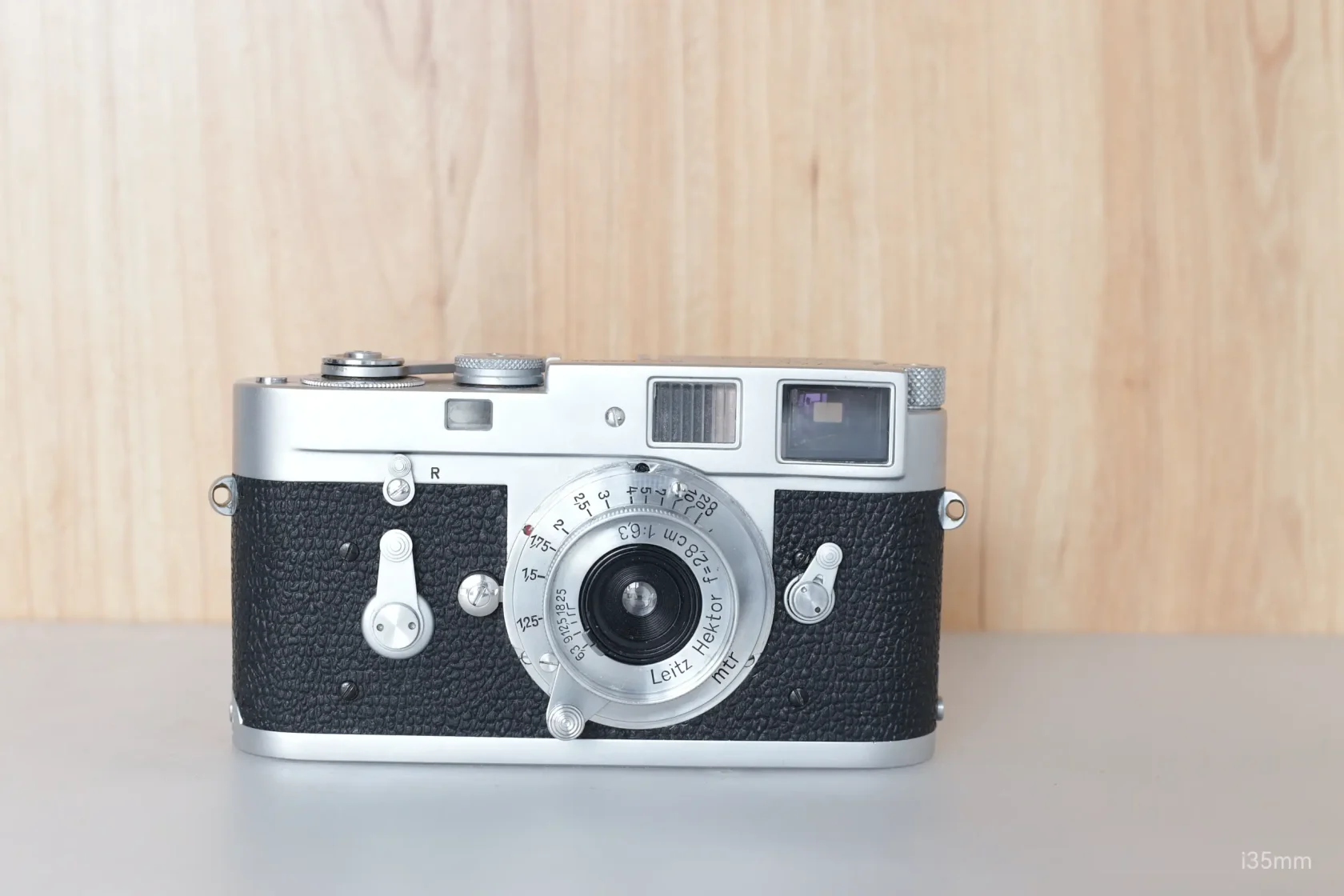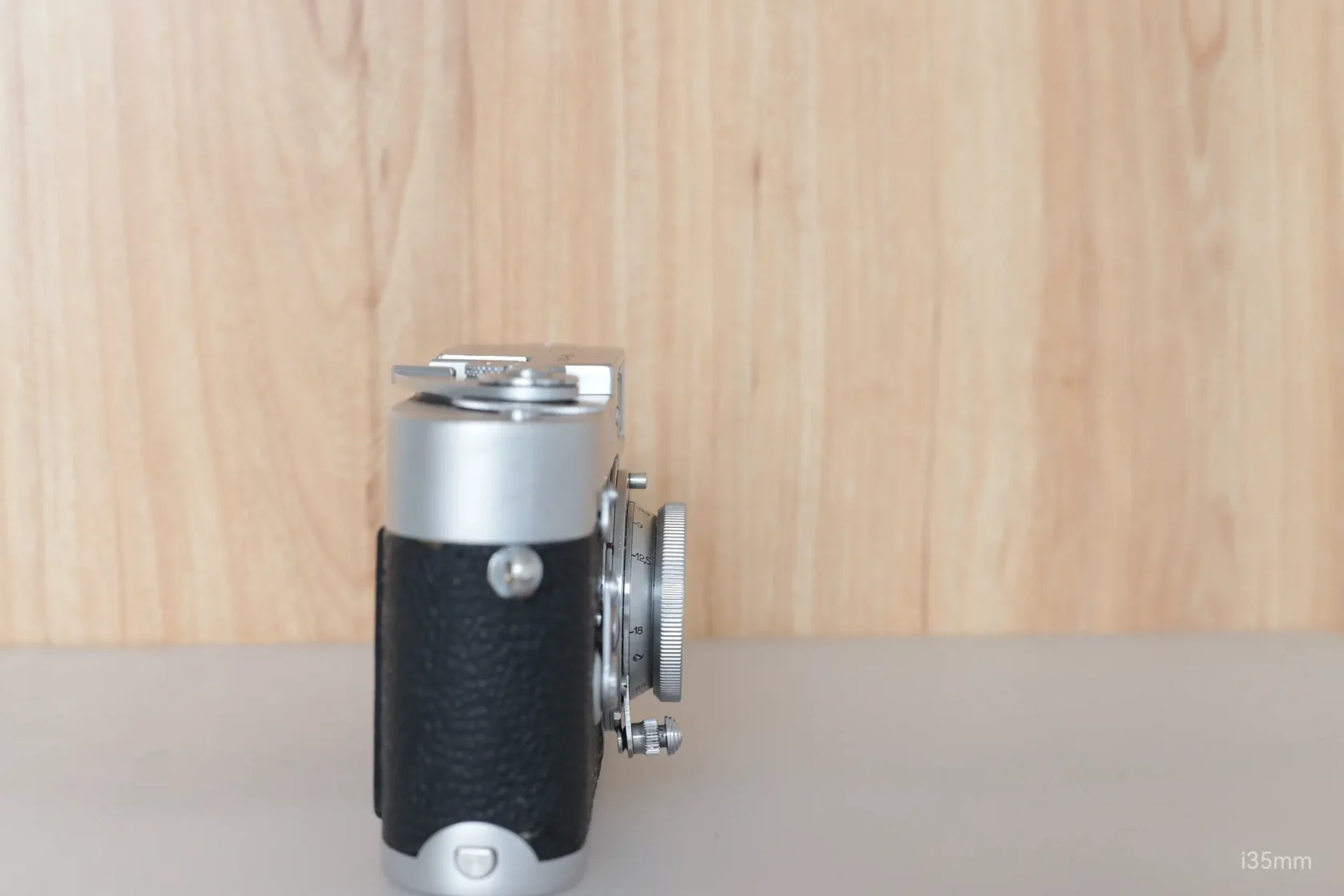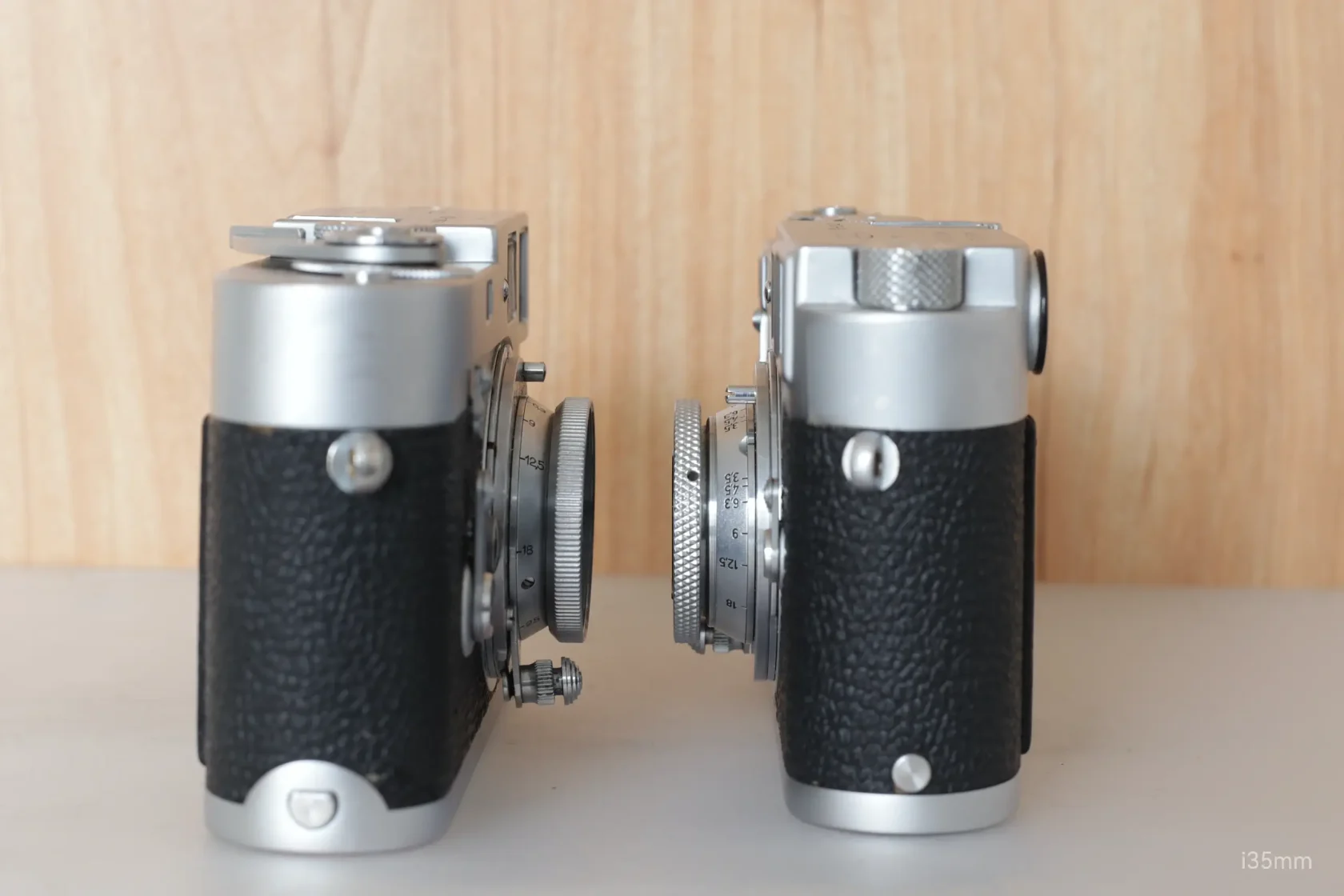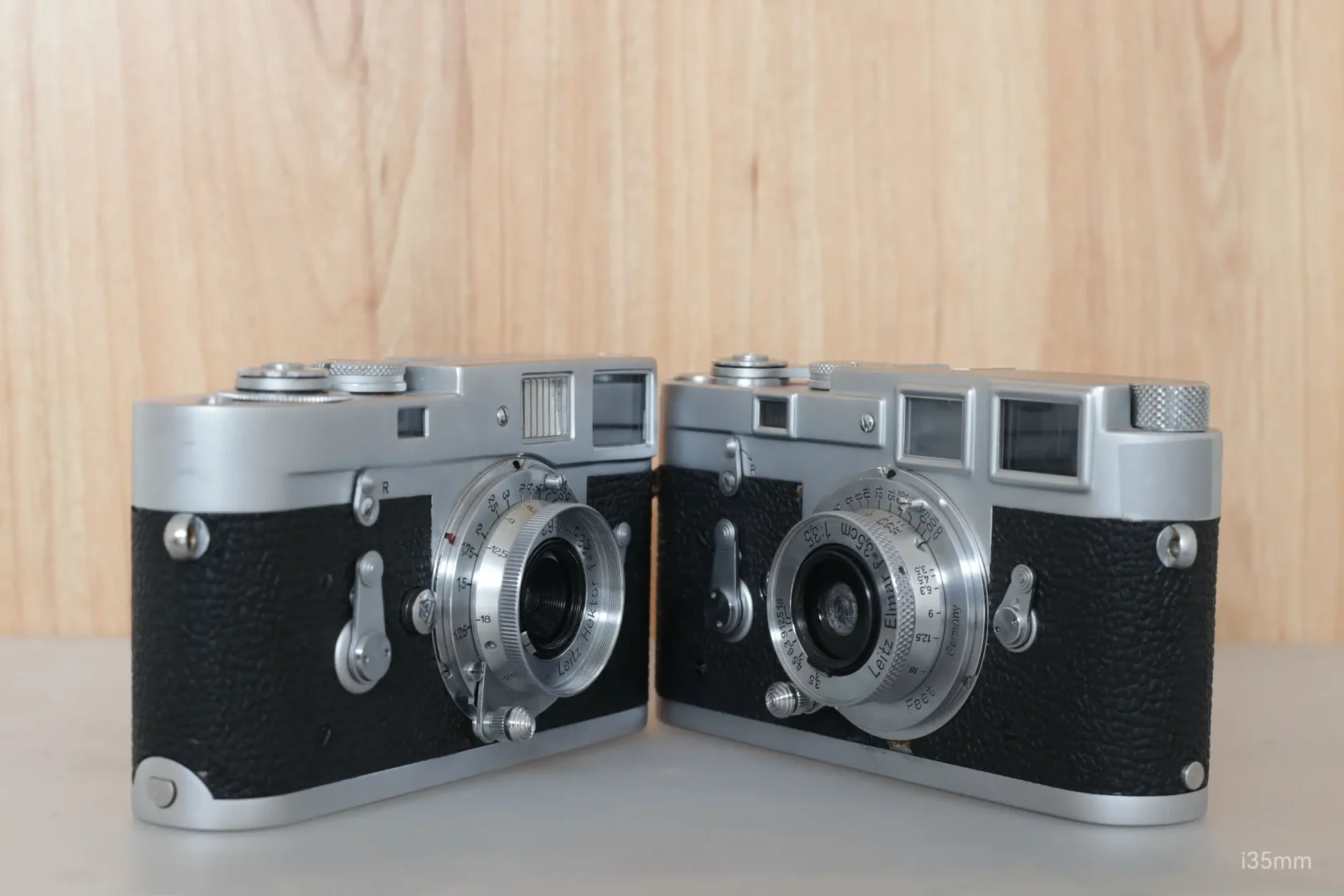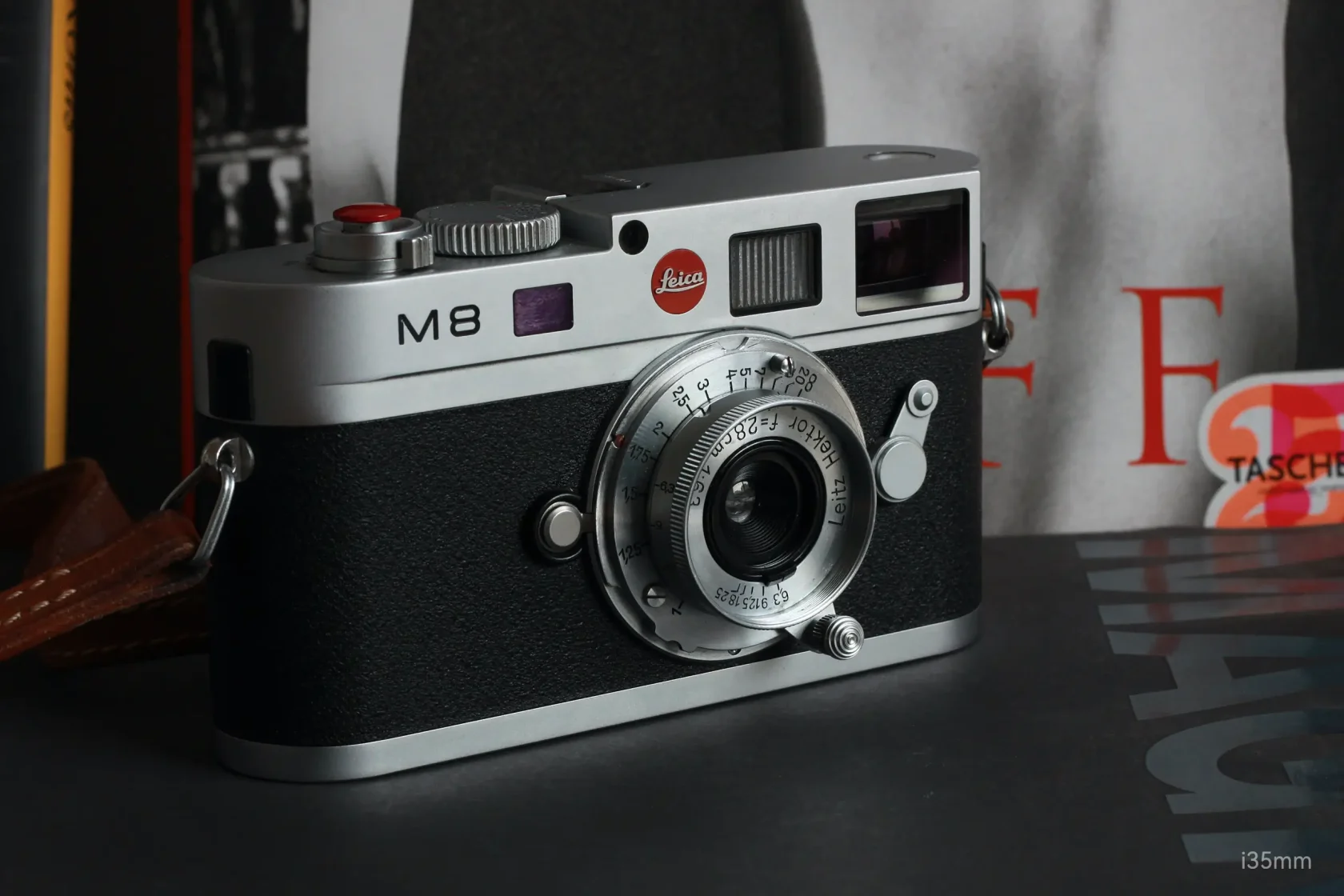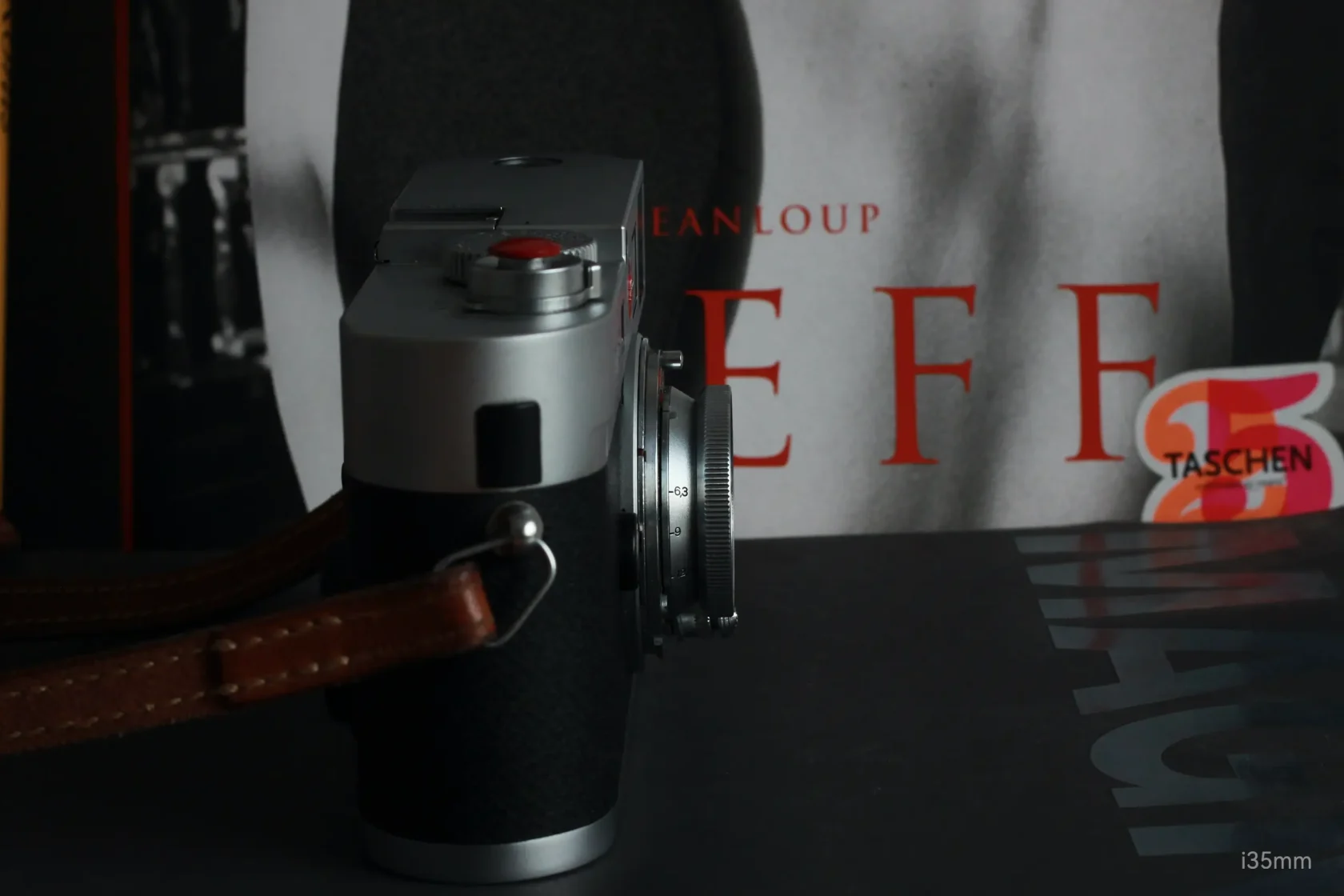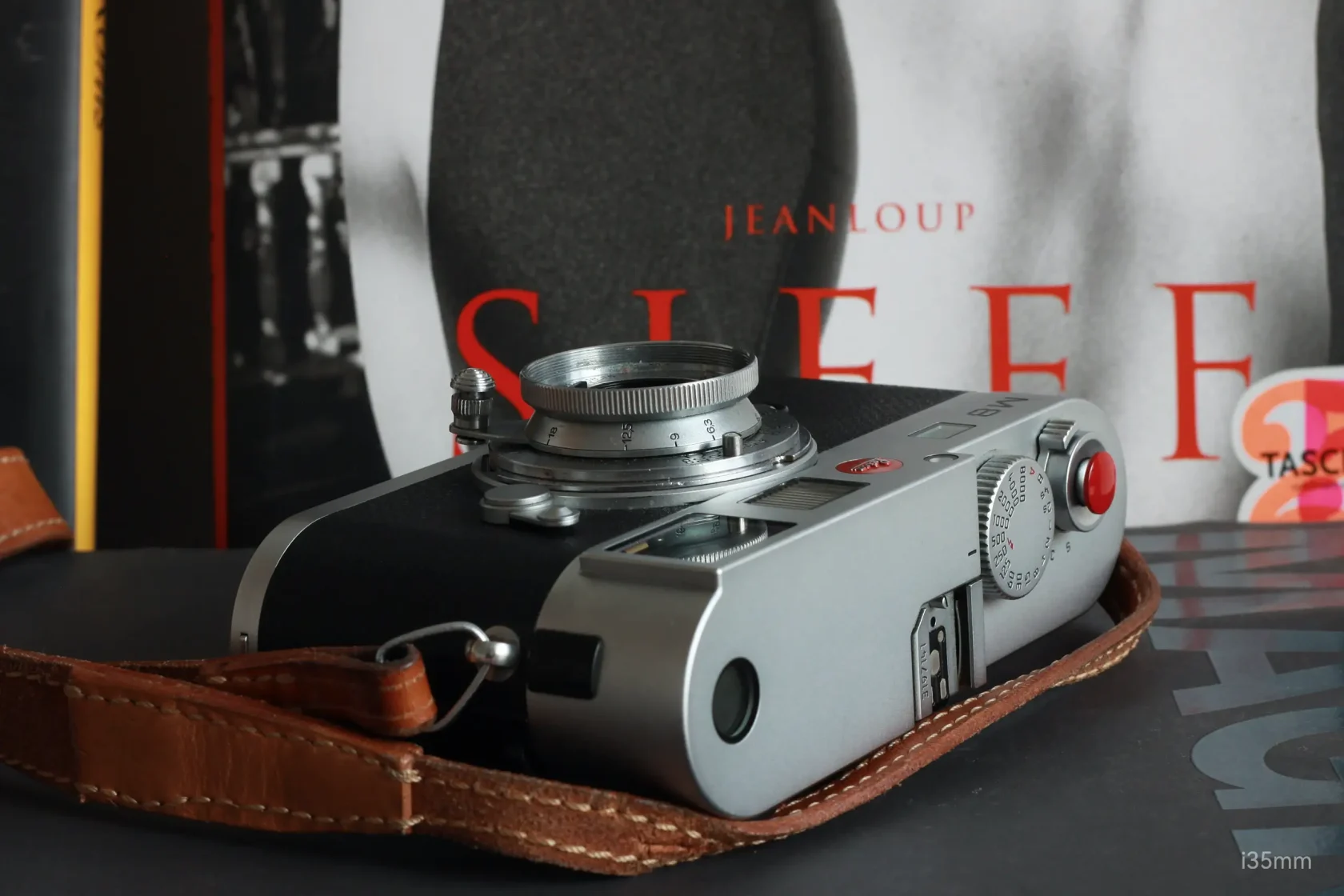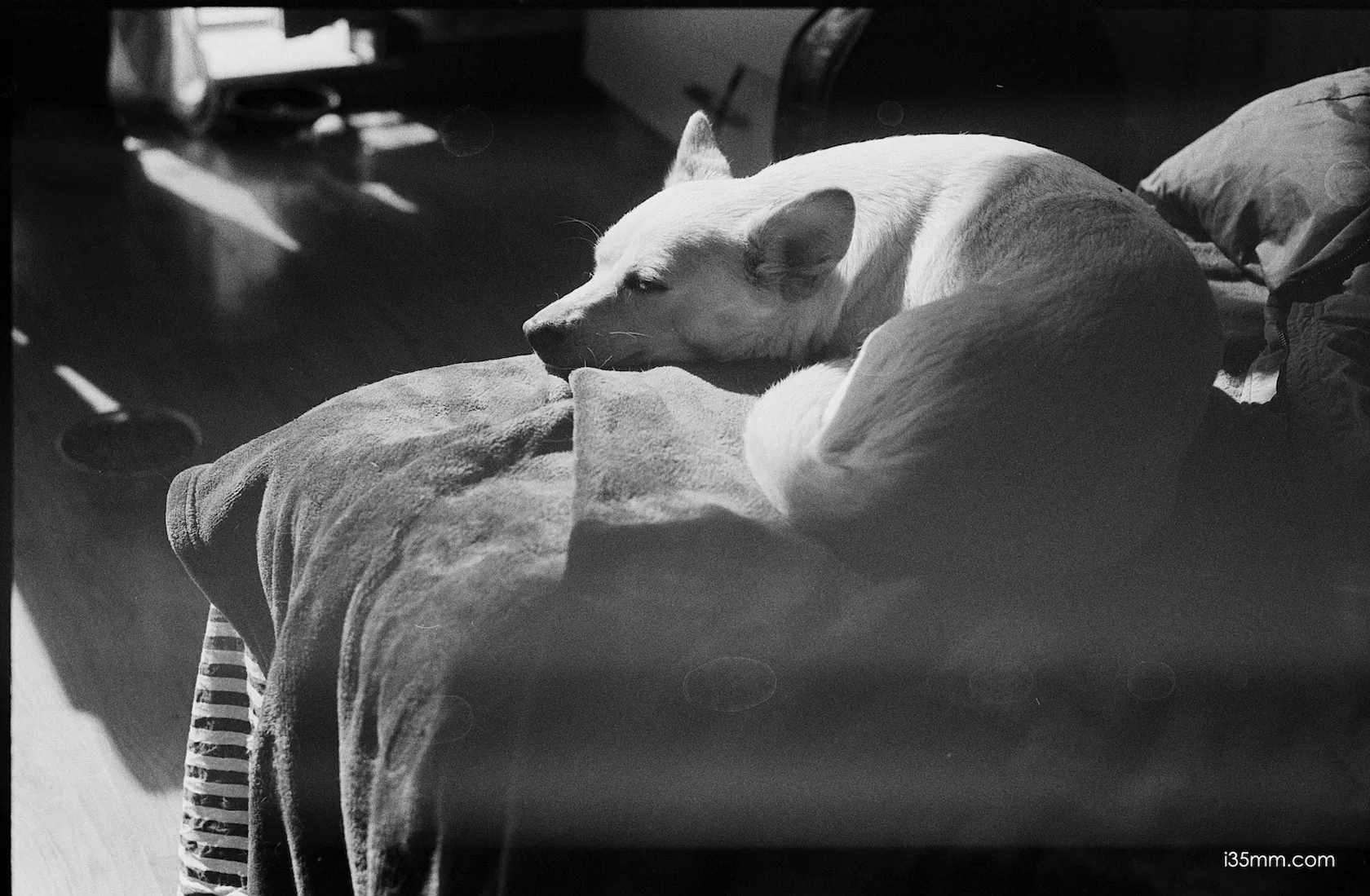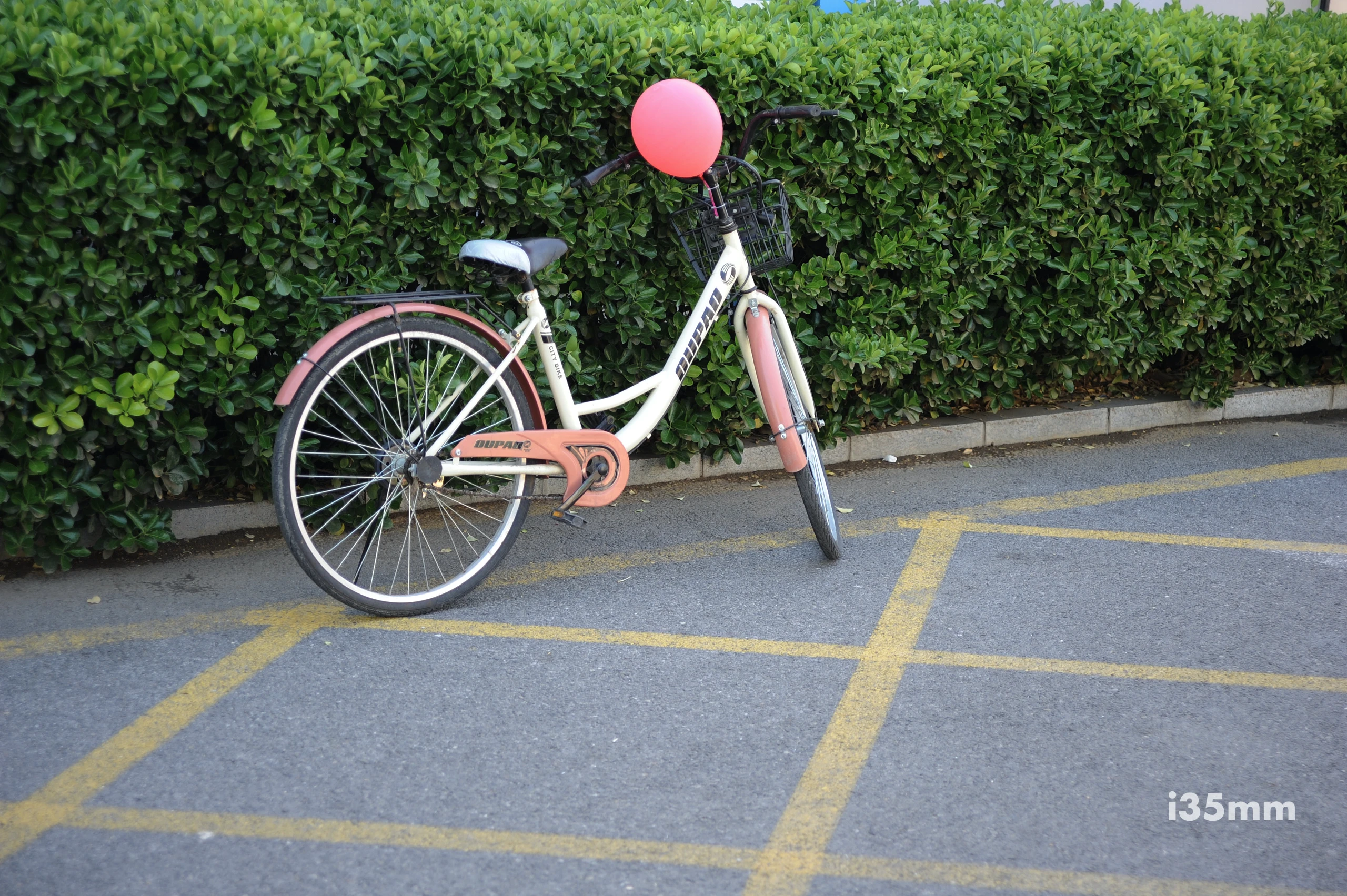
1. Introduction: The Unlikely Lovechild of Precision and Rebellion
Let’s get real: the Leica R 35-70mm f/3.5 E67 is the power couple of the lens world. It’s half German tank, half Japanese anime mech—sturdy enough to survive a nuclear winter, yet sleek enough to make your hipster friends weep into their pour-over coffee. Born from Leica’s obsession with perfection and Minolta’s “hold my sake” innovation, this zoom lens is proof that opposites attract… spectacularly.
Is it perfect? No.
Is it the most interesting lens in your bag? Abso-freaking-lutely.
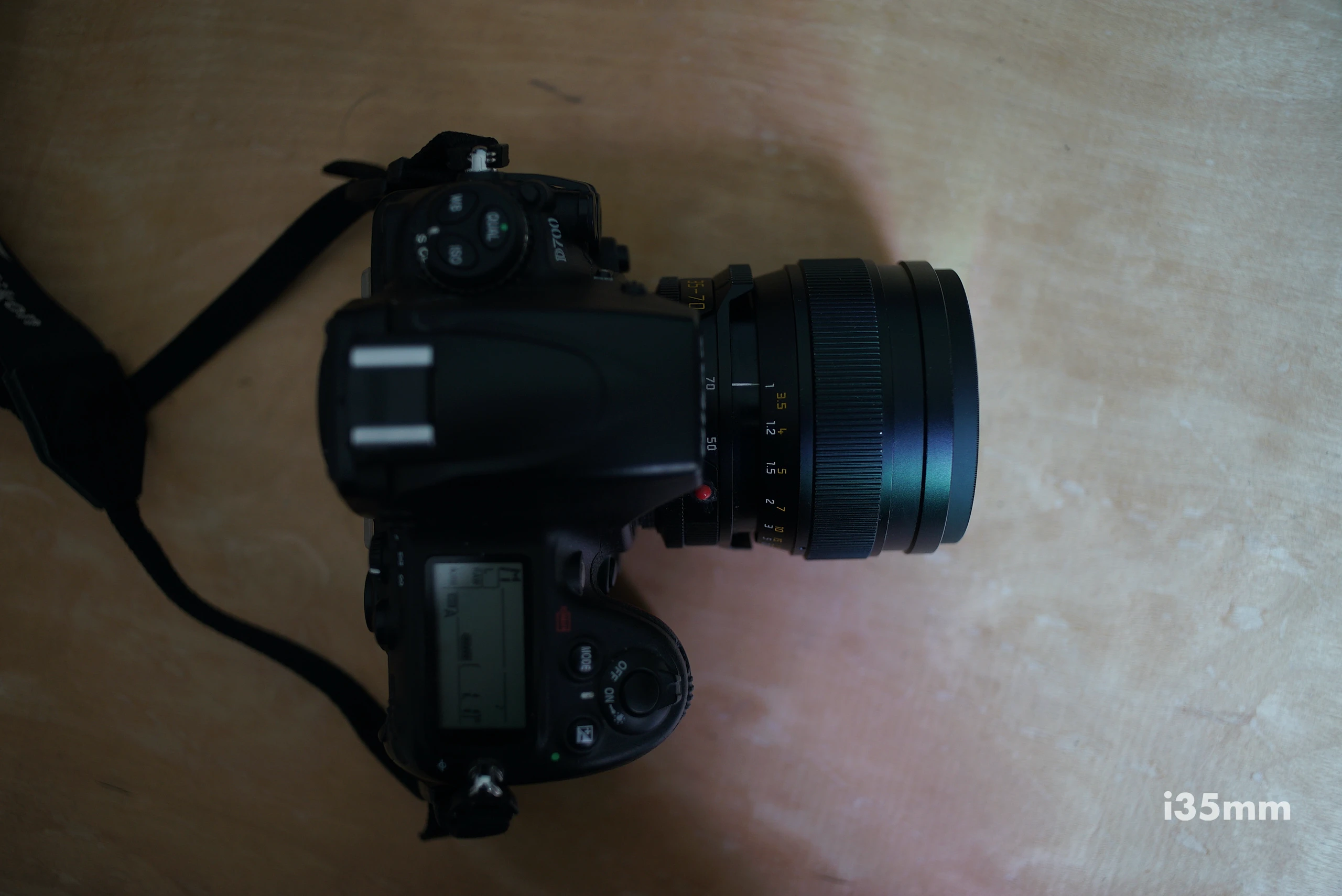
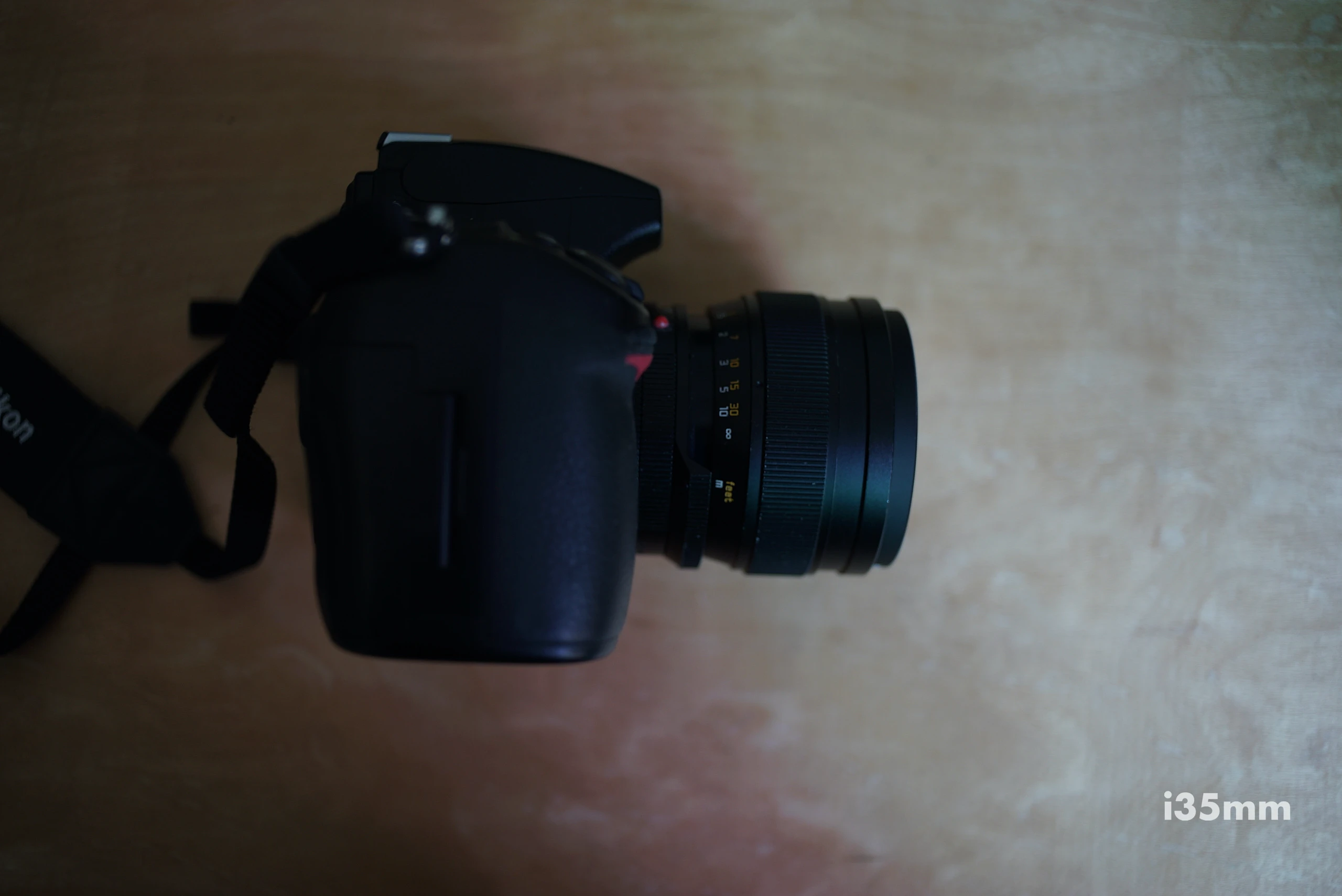

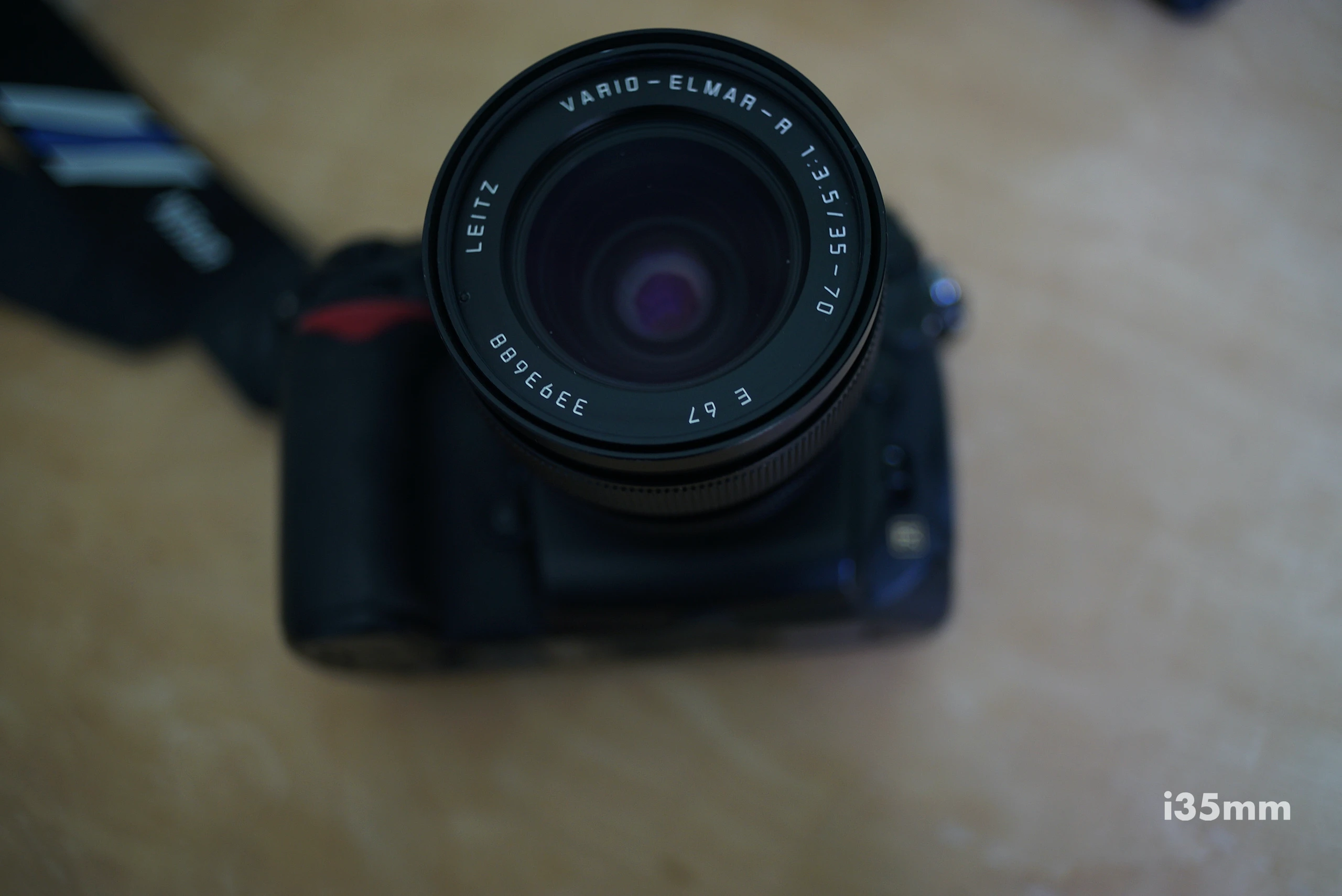
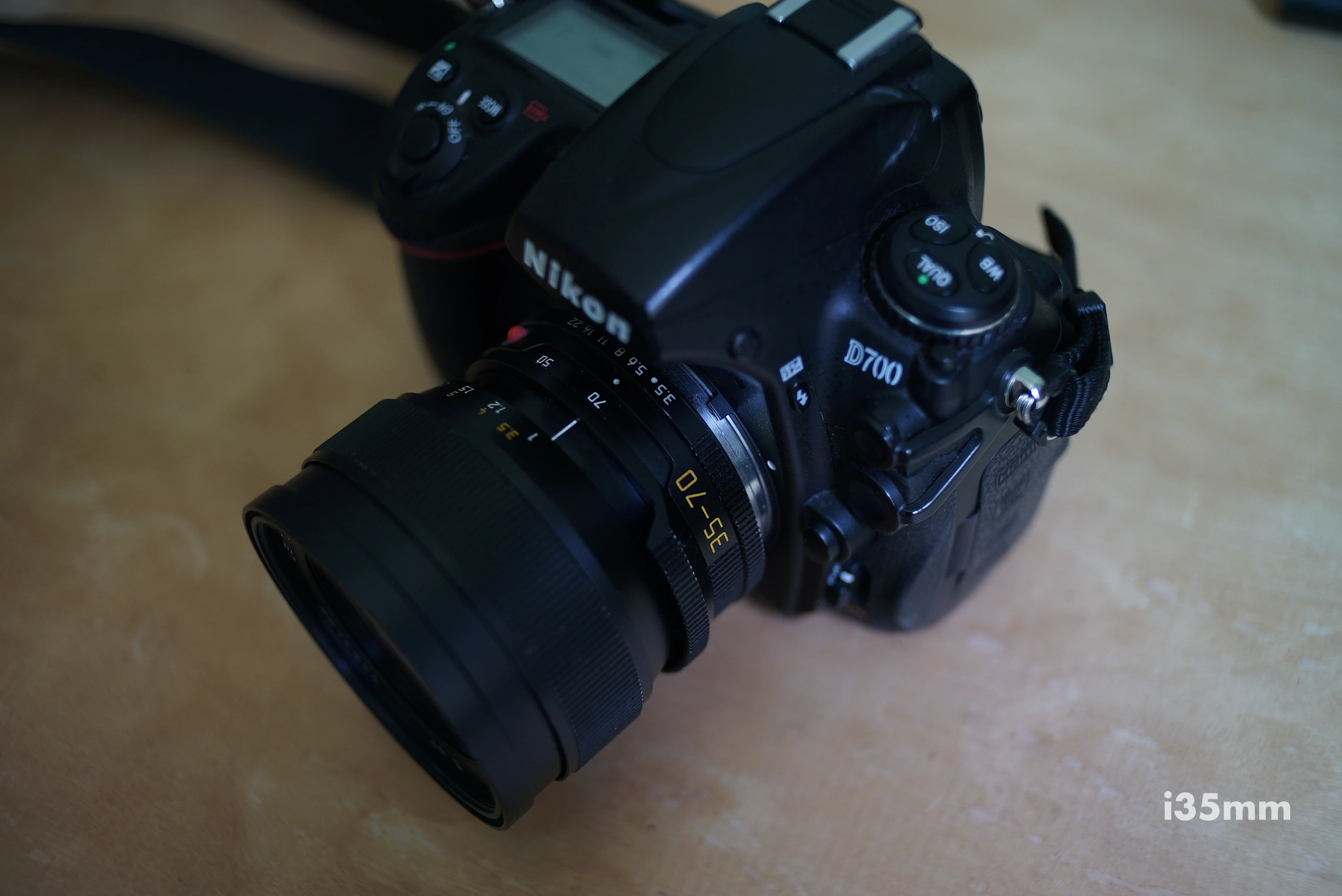
2. Build Quality: “Built Like a Mercedes, Priced Like a Porsche”
Specs:
- Weight: 450g (or “light enough to lift, heavy enough to bludgeon a thief”).
- Materials: German metal, Japanese pragmatism, and enough heft to double as a dumbbell.
- Aesthetic: A brushed-metal brick that whispers, “I’m here to work, not to accessorize.”
The E67 is built like a Bavarian bank vault—over-engineered, indestructible, and slightly intimidating. Minolta might’ve designed the optics, but Leica slapped on enough Teutonic polish to make even a Rolex feel insecure.
Pro Tip: If your lens doesn’t leave a dent in your coffee table, you’re not Leica-ing hard enough.
3. Optical Performance: “Leica’s Secret Sauce, Minolta’s Spice”
Specs:
- Focal Range: 35-70mm (the “Swiss Army knife” of zooms).
- Aperture: f/3.5 (or “how to flex subtlety”).
- Special Sauce: Leica’s anti-chaos field (patent pending).
Color Science:
Leica’s signature “stable genius” meets Minolta’s rebellious flair. Reds don’t scream—they croon. Blues don’t glare—they serenade. Greens? Let’s just say they’ve got a PhD in chlorophyll.
Fun Fact: Shoot at golden hour, and your photos will look like they’ve been baptized in liquid amber.
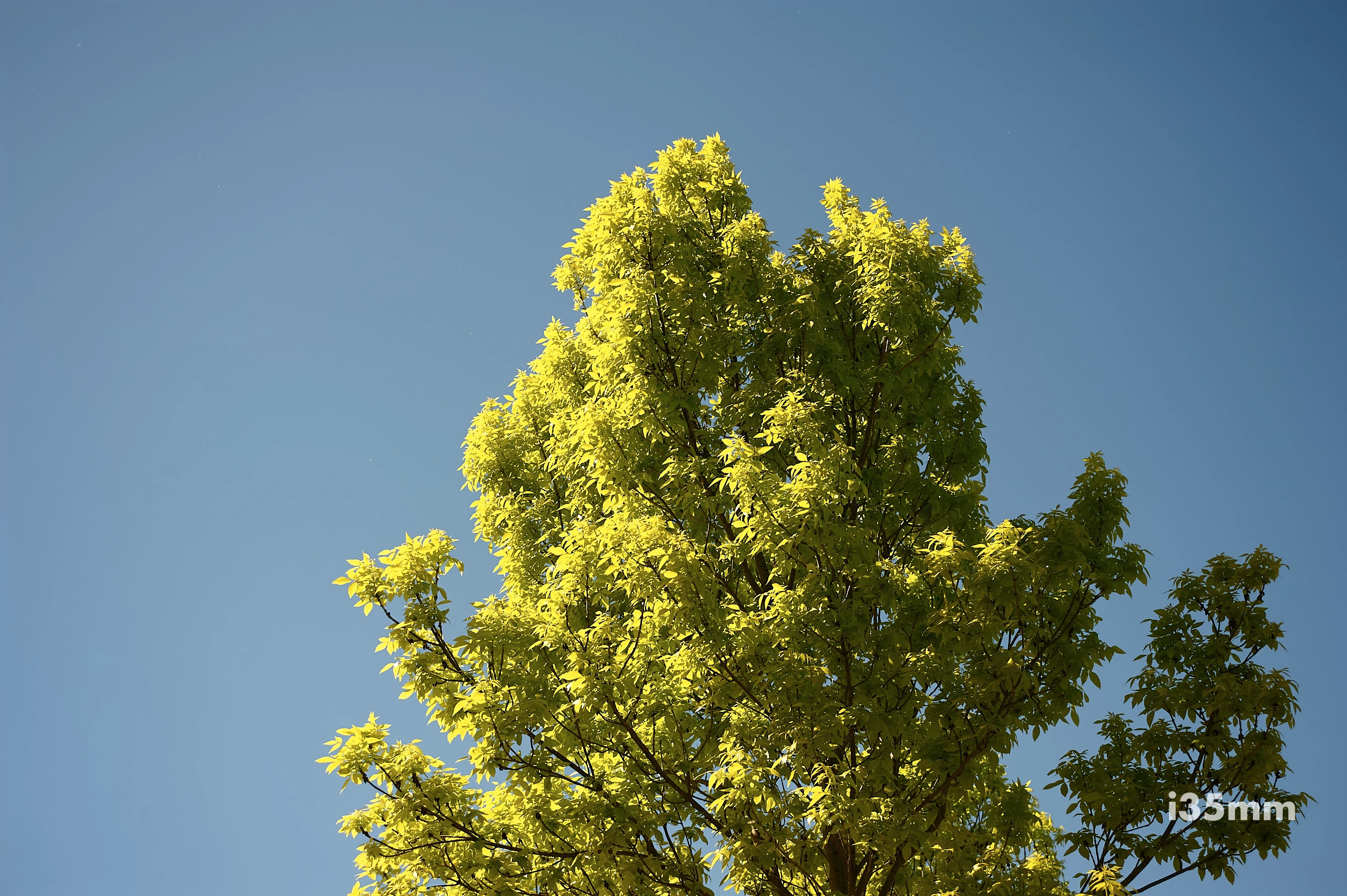
Sharpness:
- Center: Cuts through reality like a katana.
- Edges: Soft enough to make you question your life choices… until you realize nobody cares about edges.
Bokeh:
Smoother than a jazz saxophonist’s riff. At f/3.5, backgrounds melt into a watercolor dreamscape. It’s not “creamy”—it’s butter churned by angels.
4. The “Leica Stability” Superpower
Leica’s secret weapon? Consistency. This lens laughs at harsh light, scoffs at backlighting, and side-eyes chromatic aberration like it’s a peasant.
- Flare Control: Better than your therapist’s poker face.
- Low Light: Shoots in the dark like a ninja with night vision goggles.
- Color Stability: Your photos will age like Keanu Reeves—ageless and vaguely mystical.
Pro Tip: Pair it with a Nikon D700, and watch it transform into a nostalgia machine.
